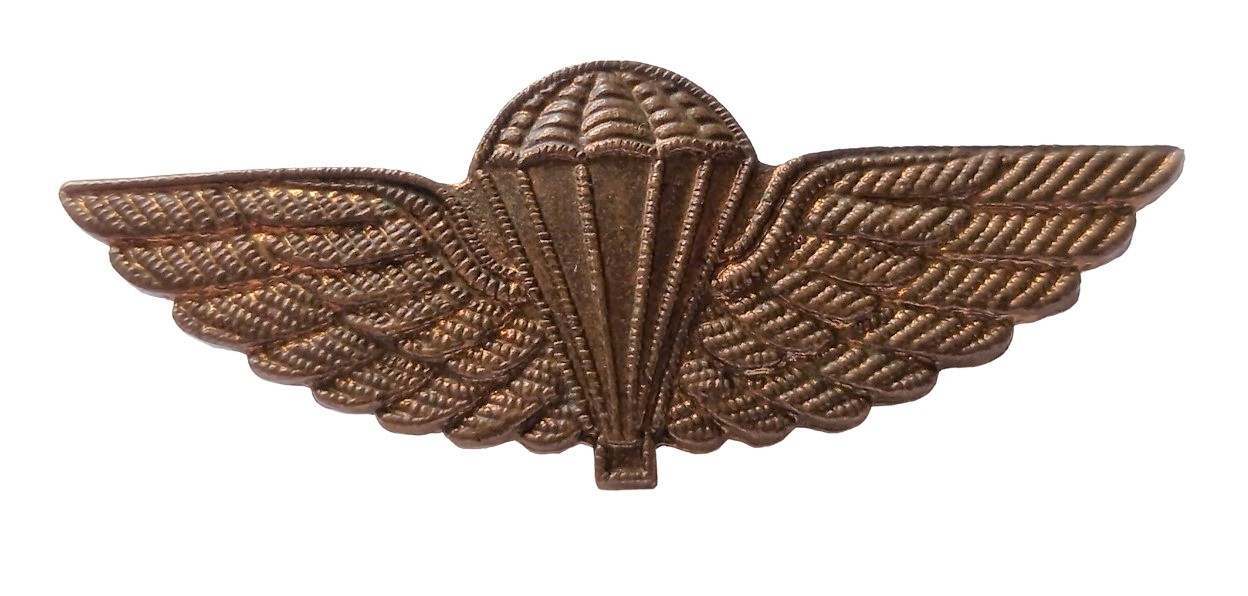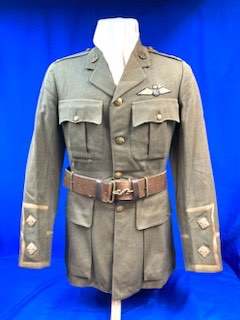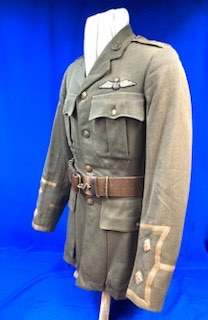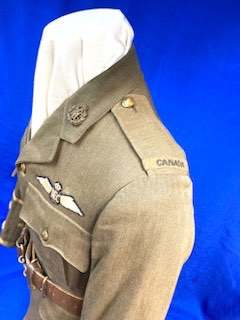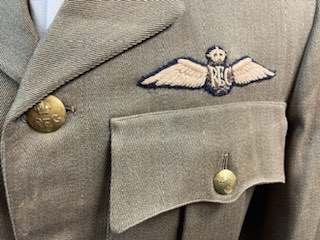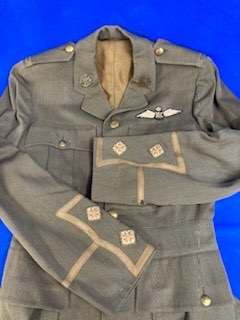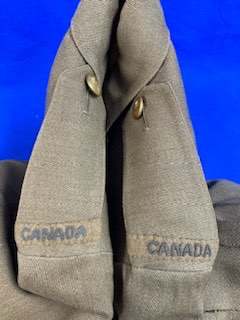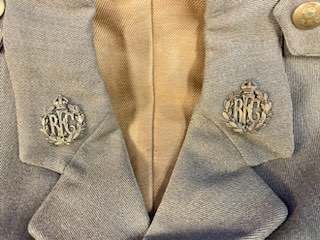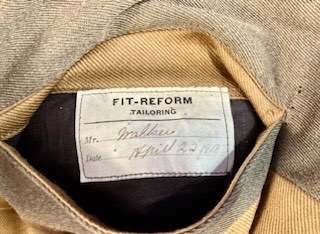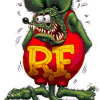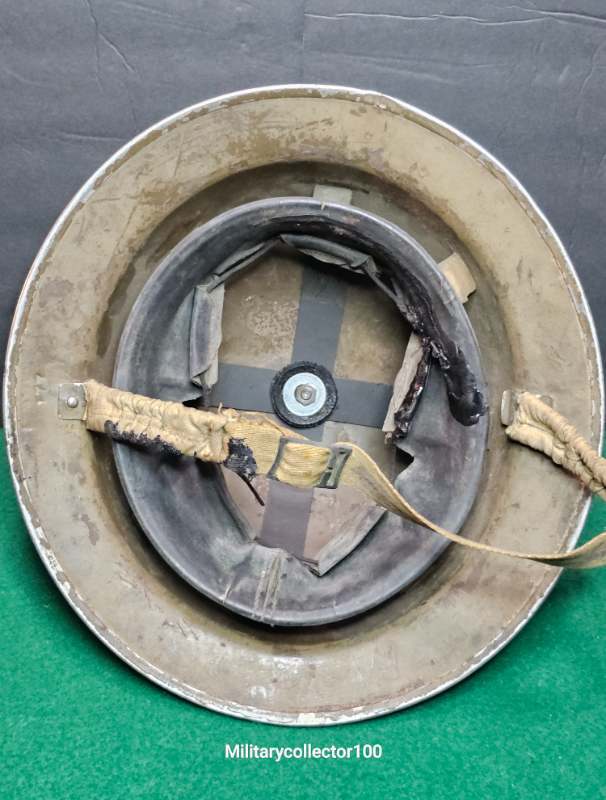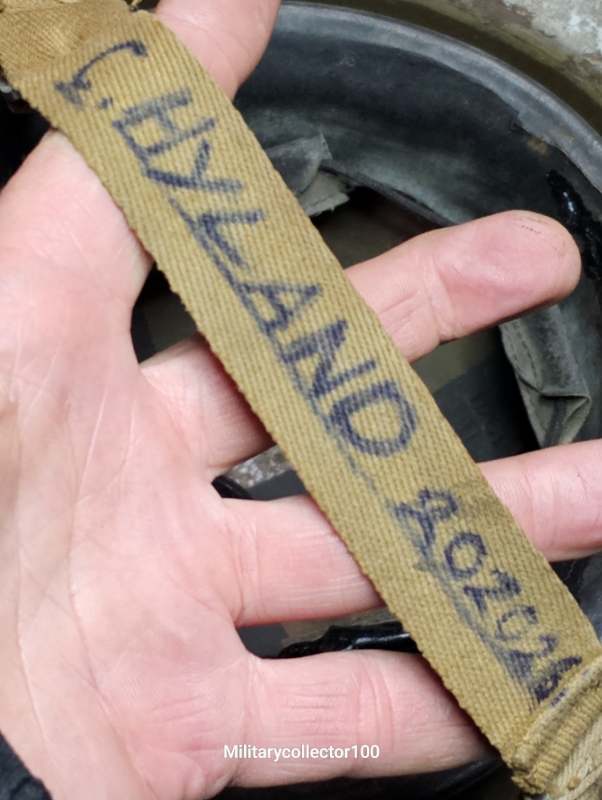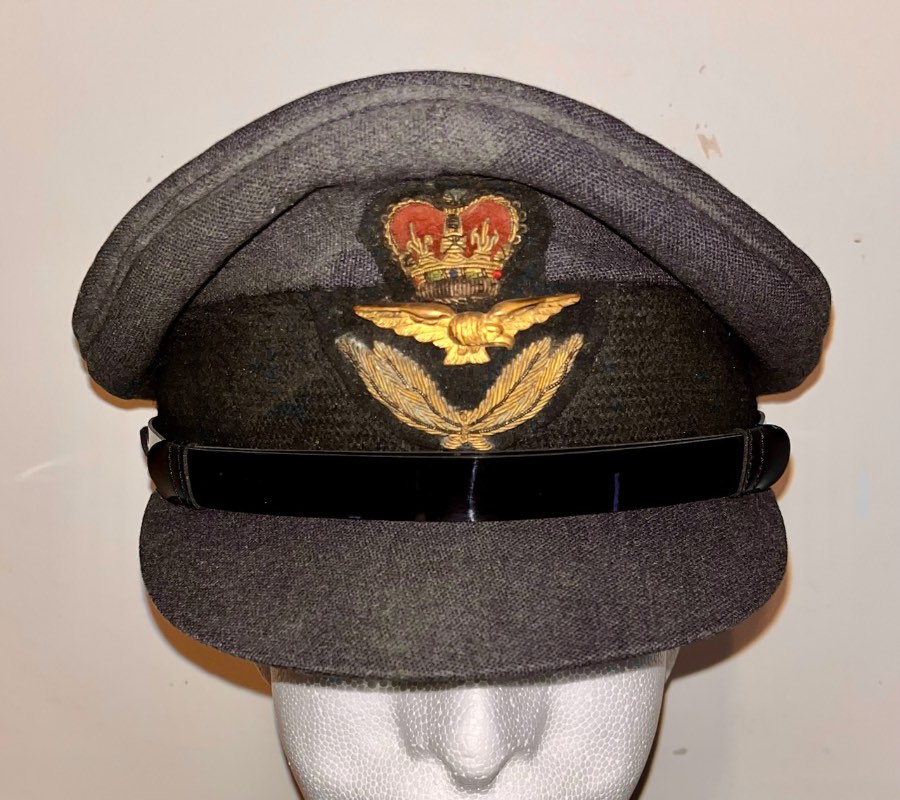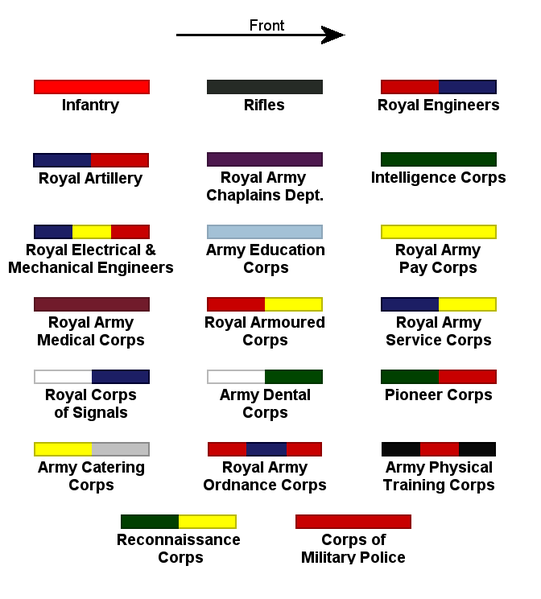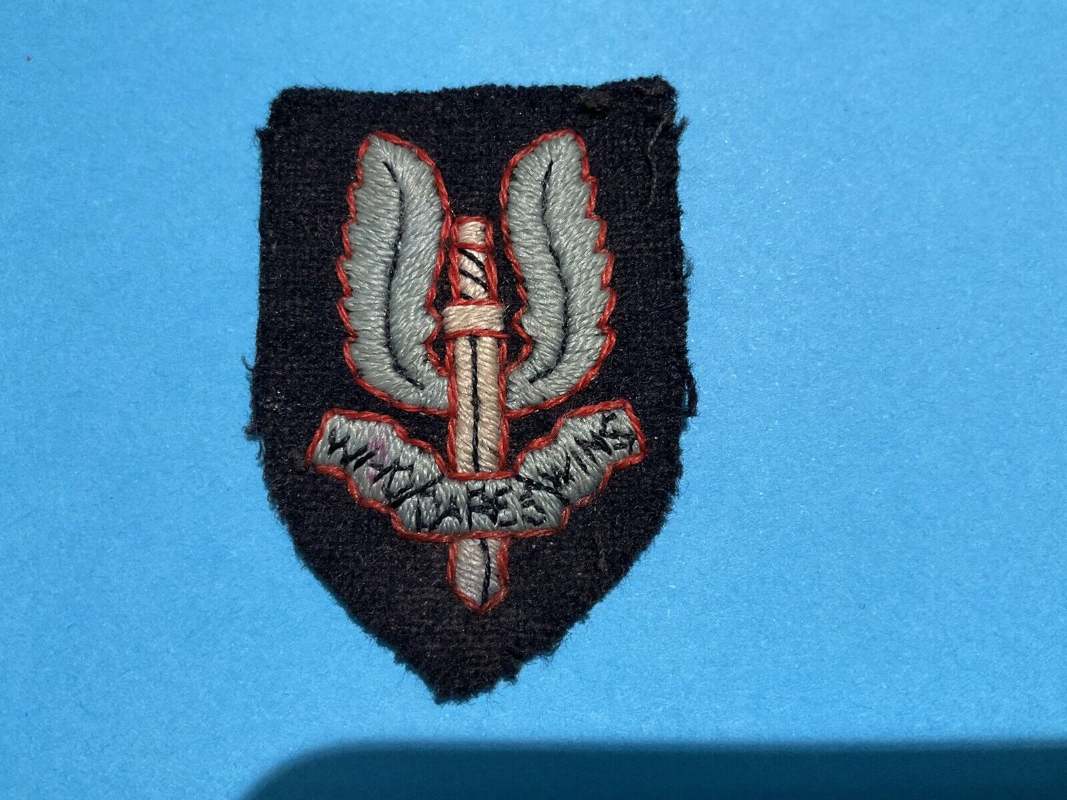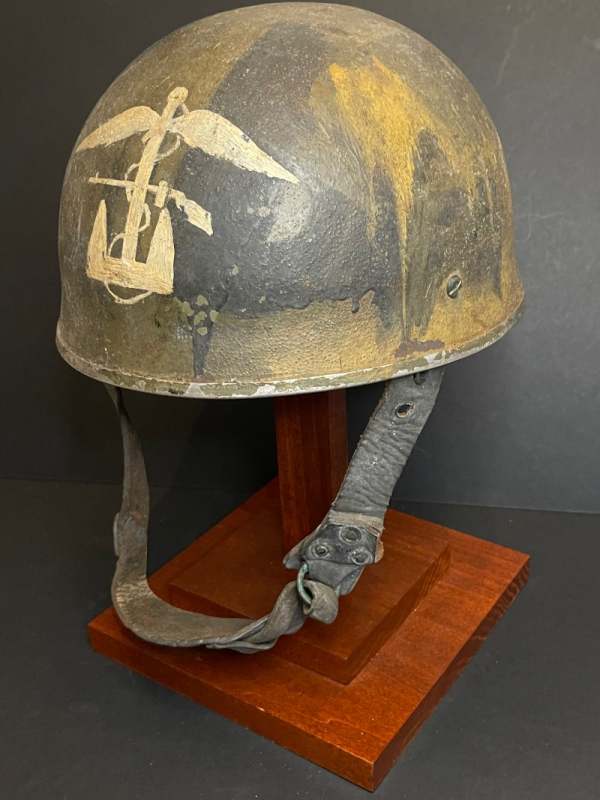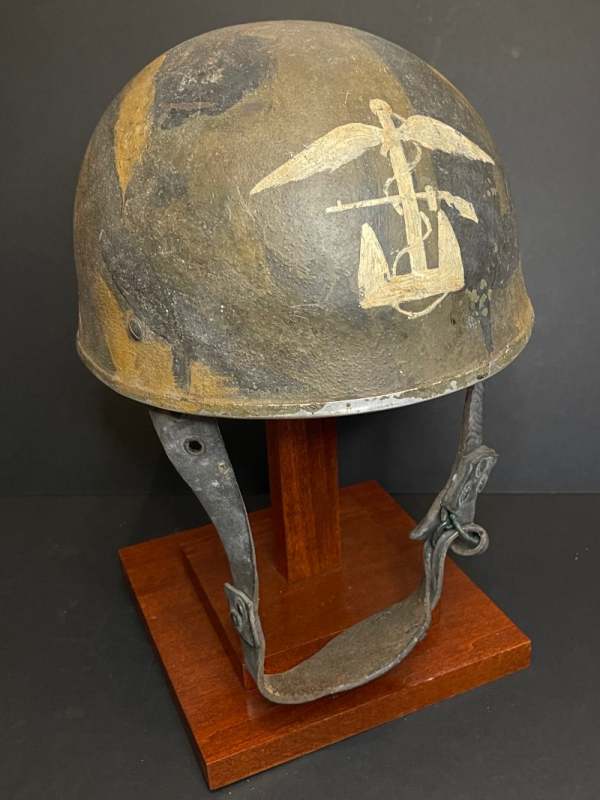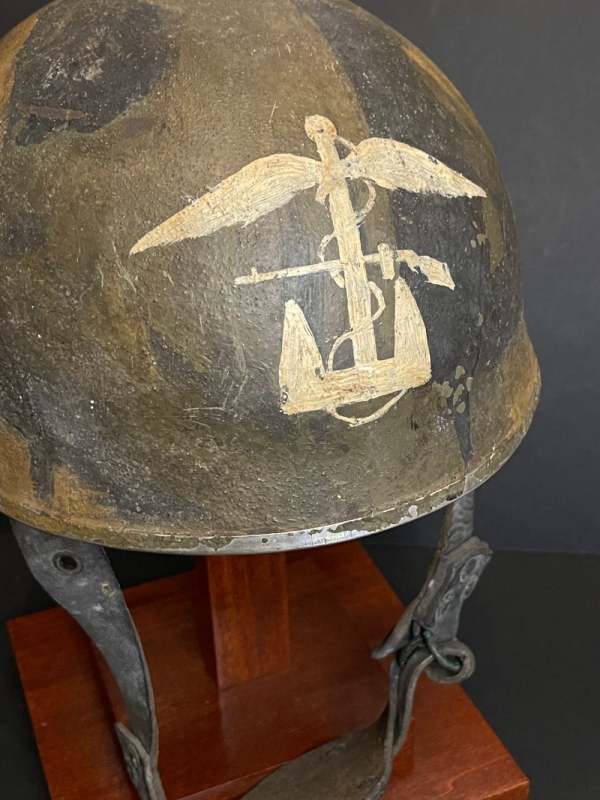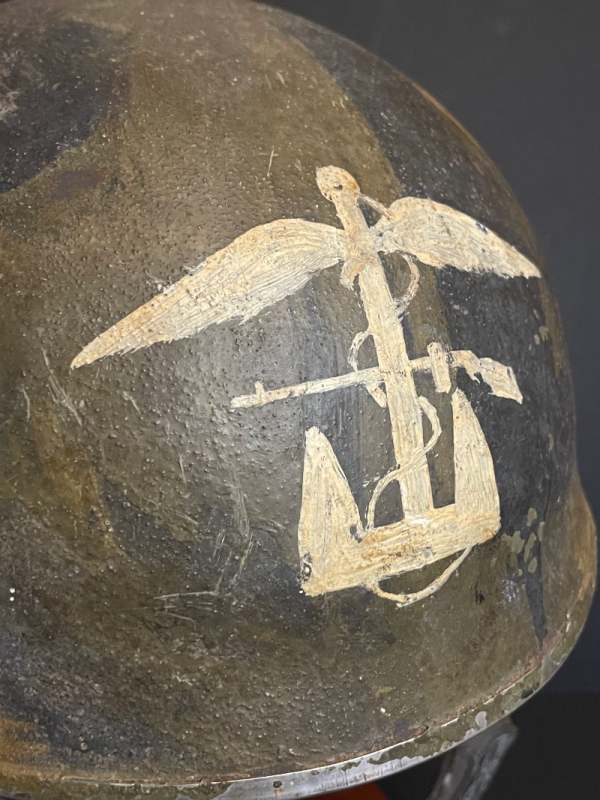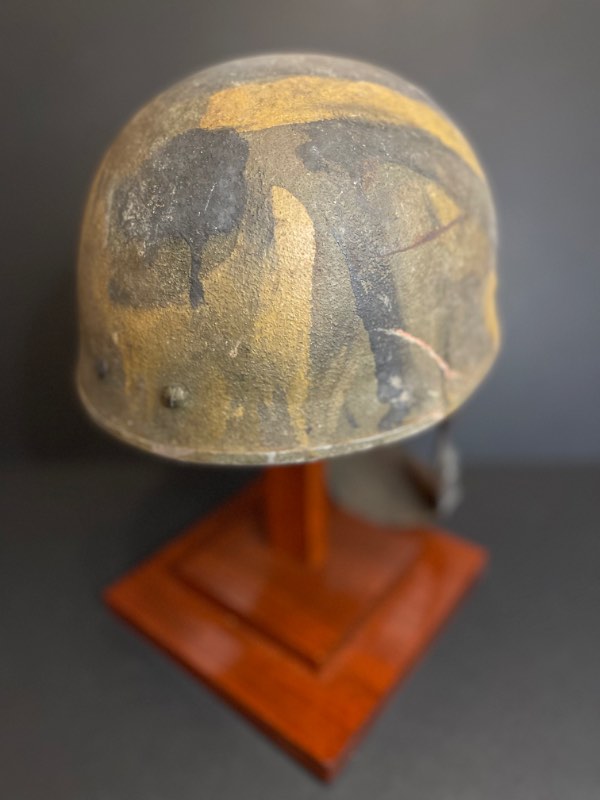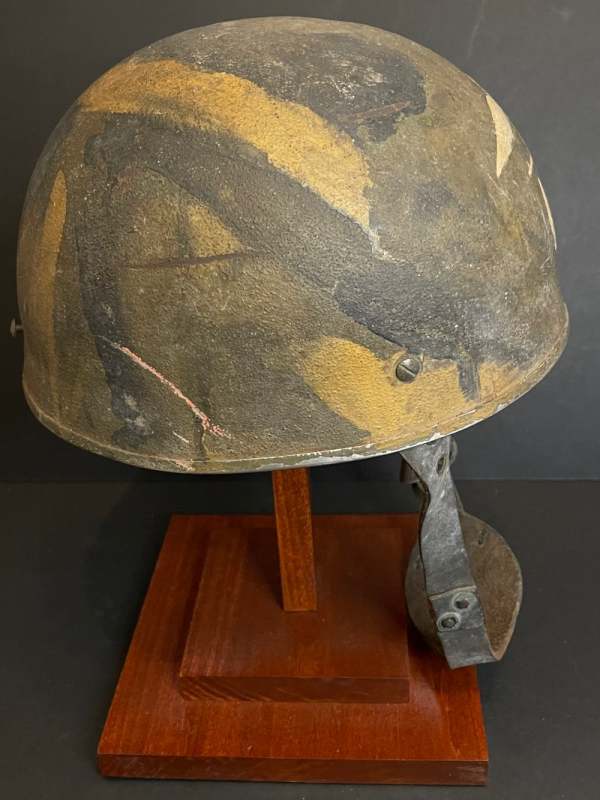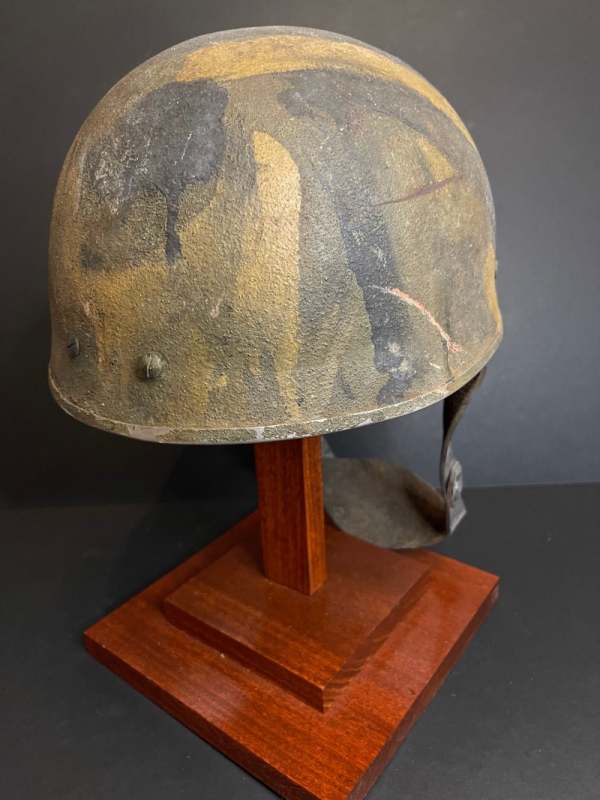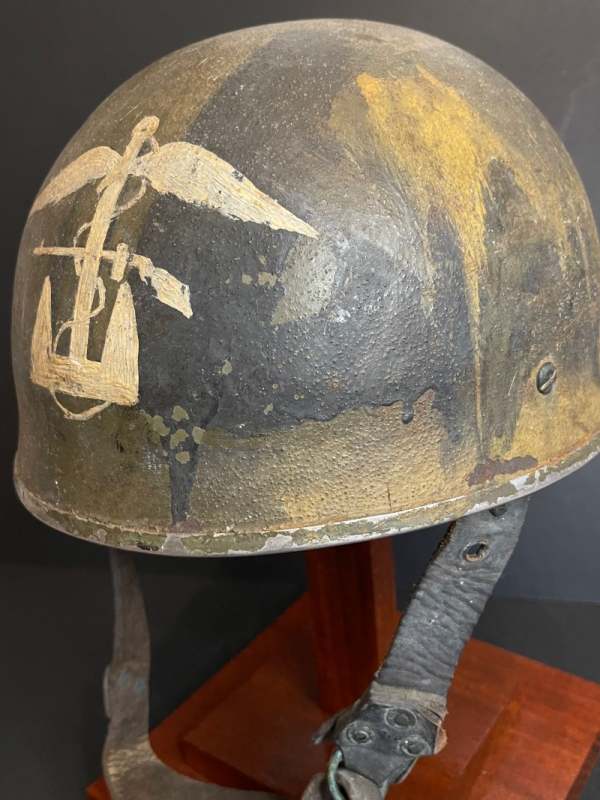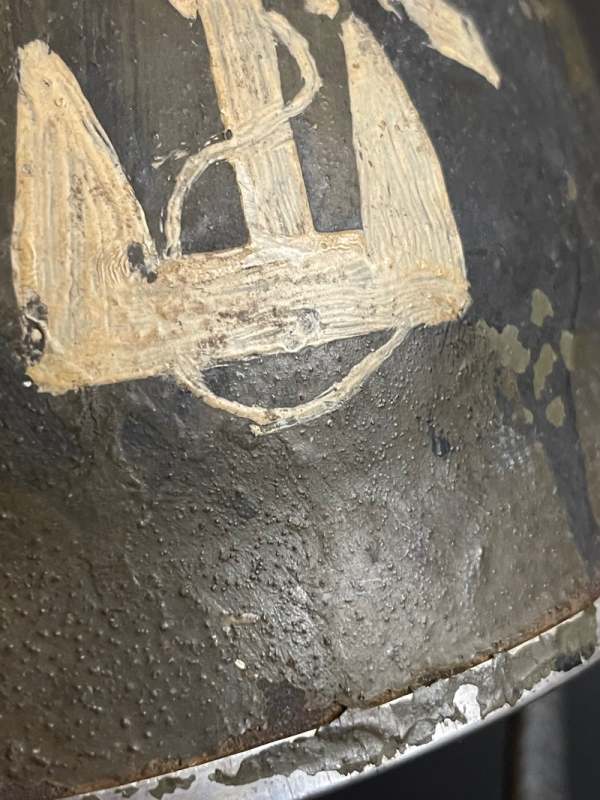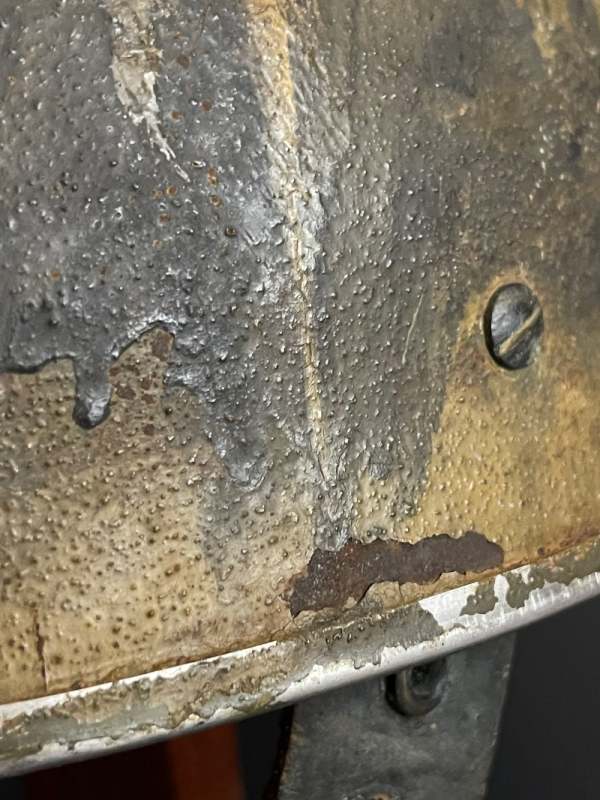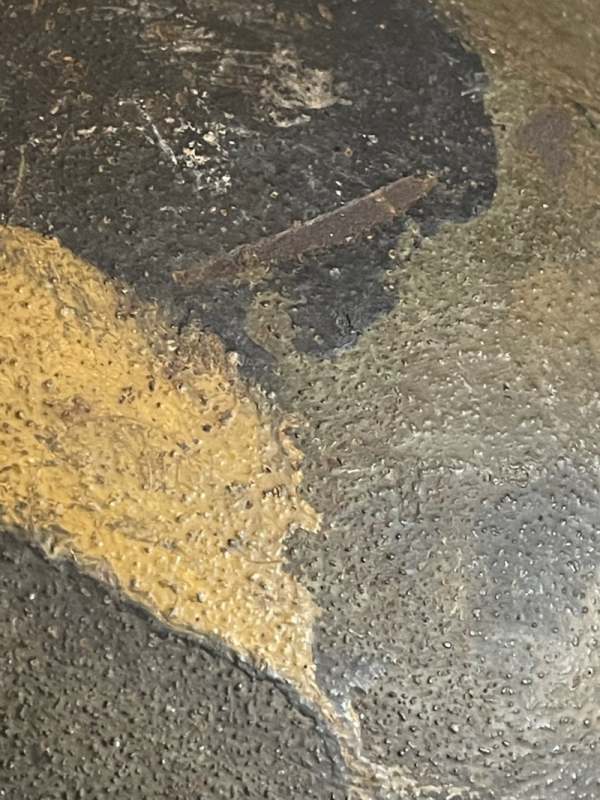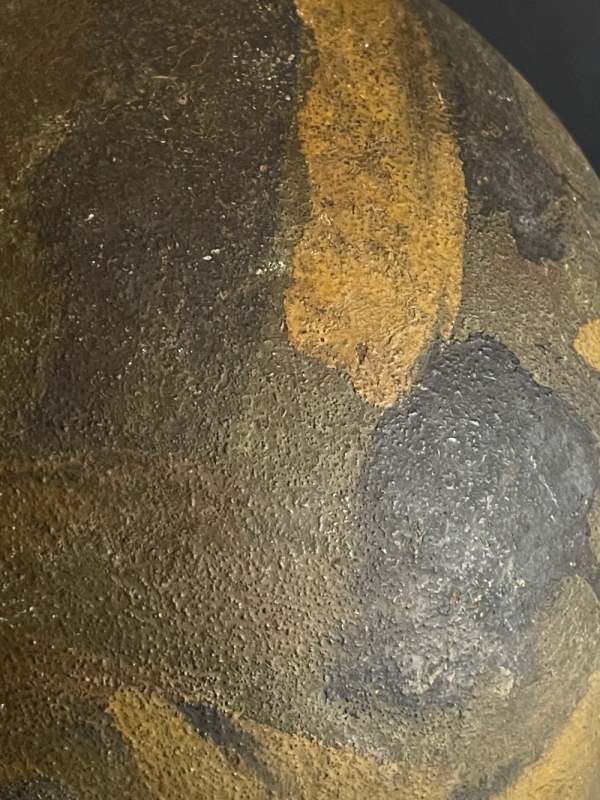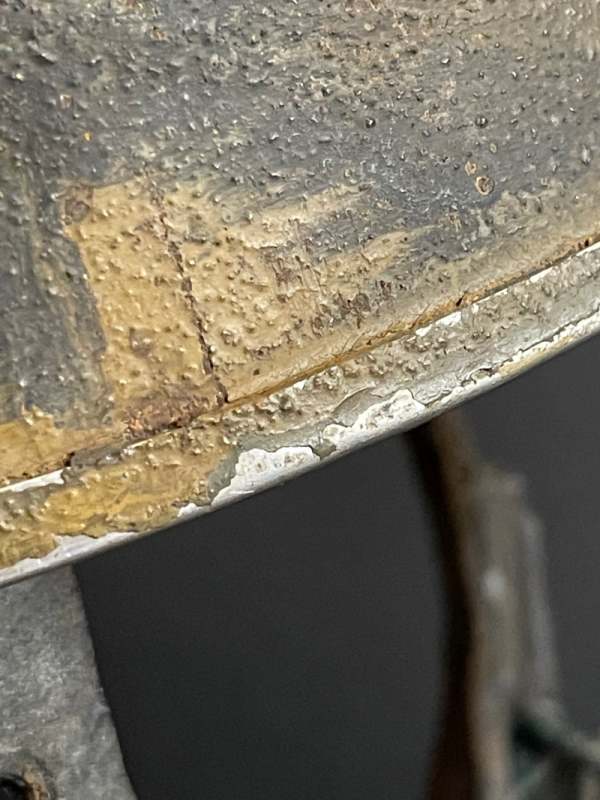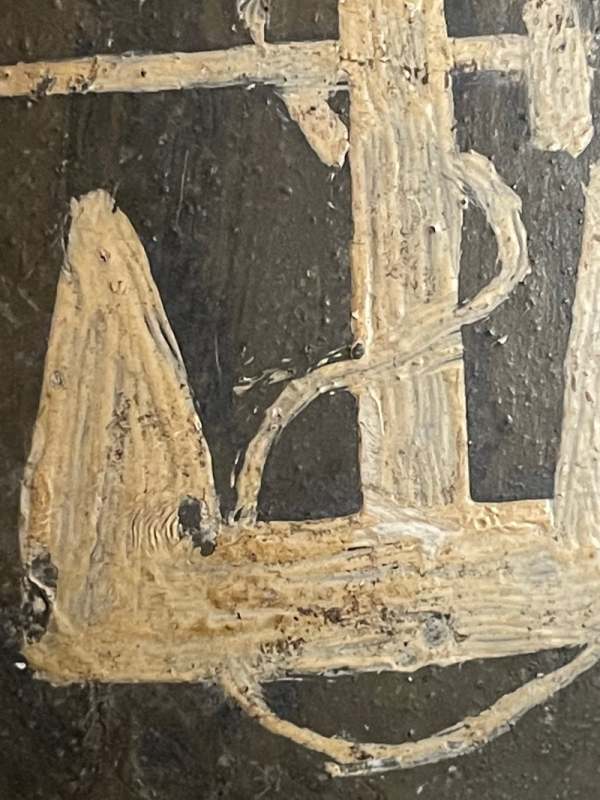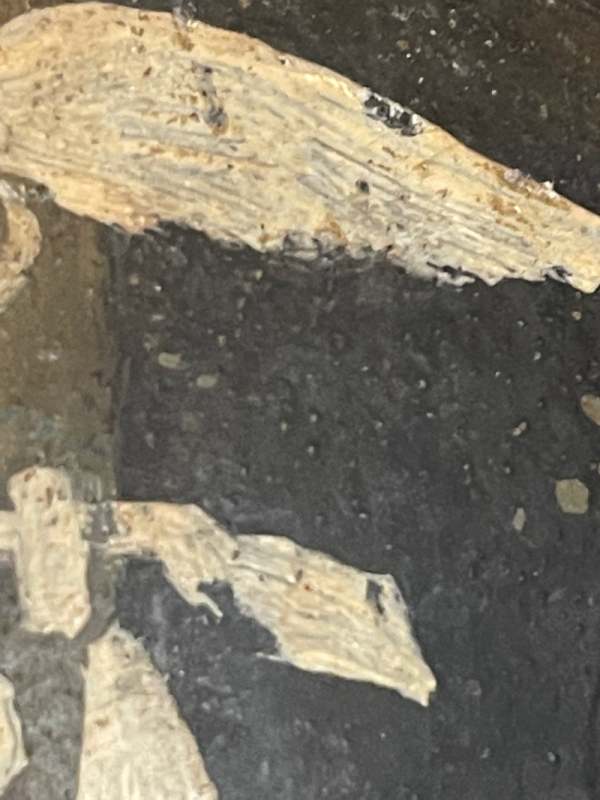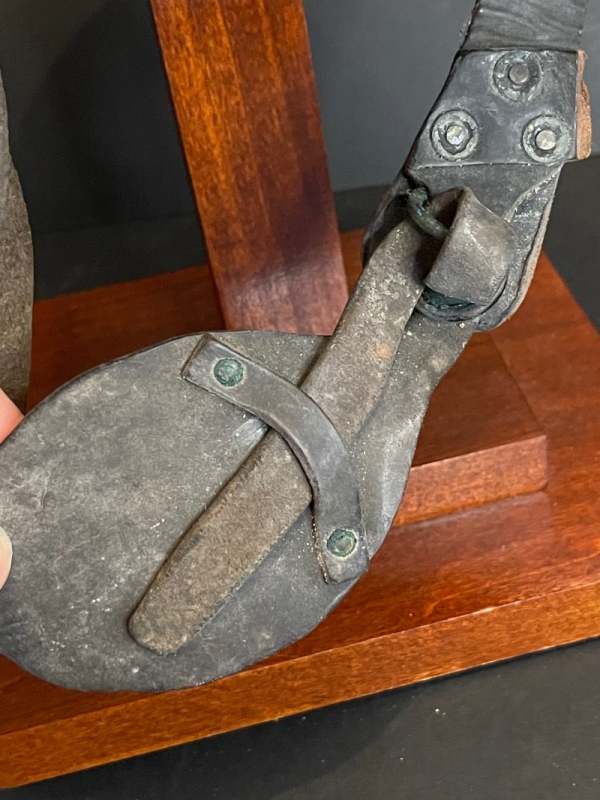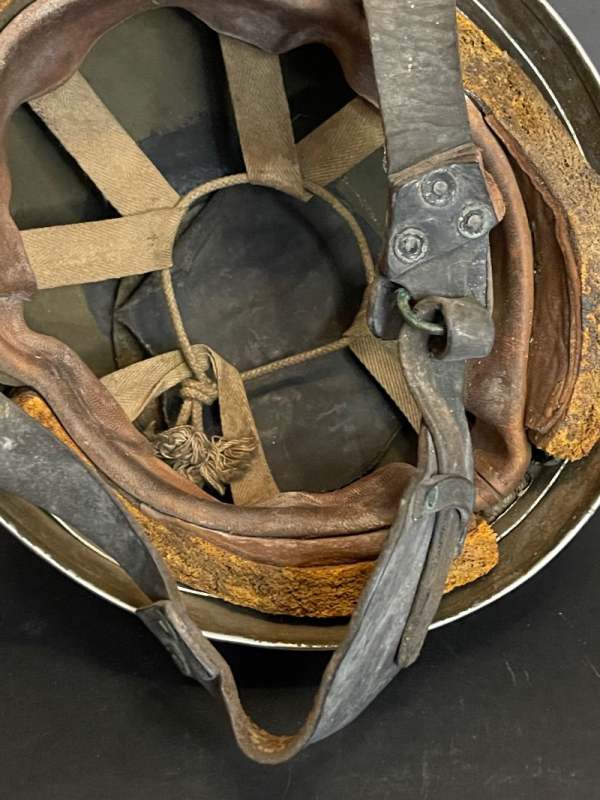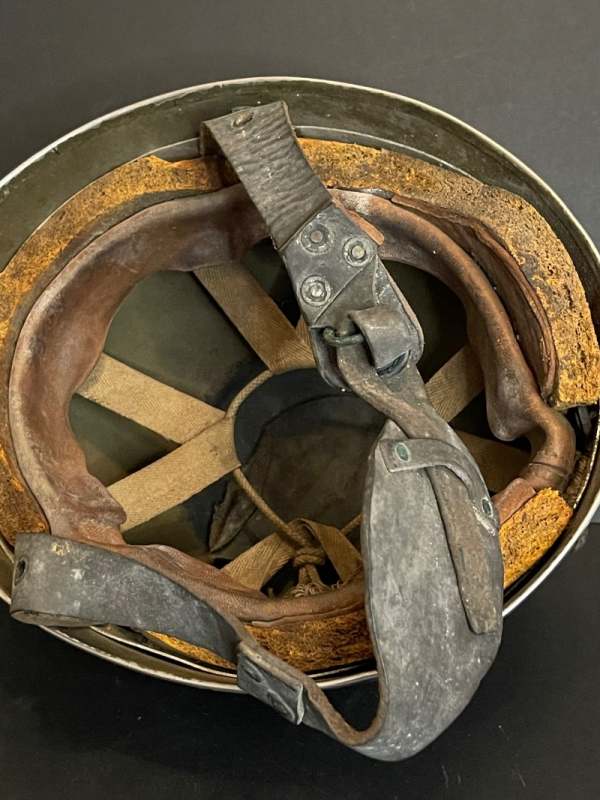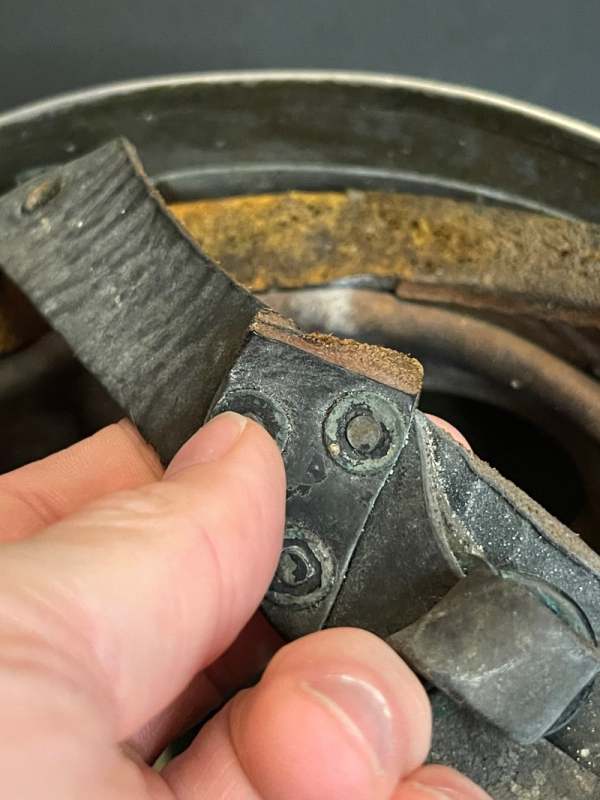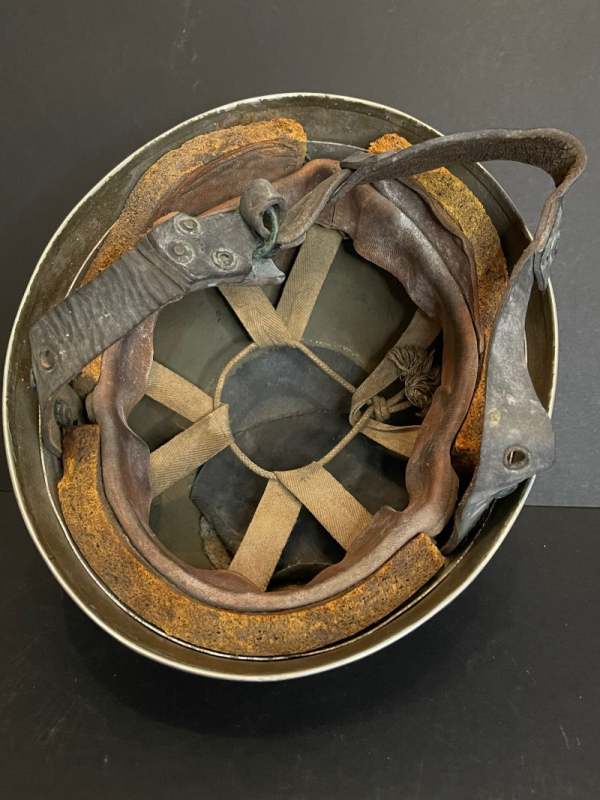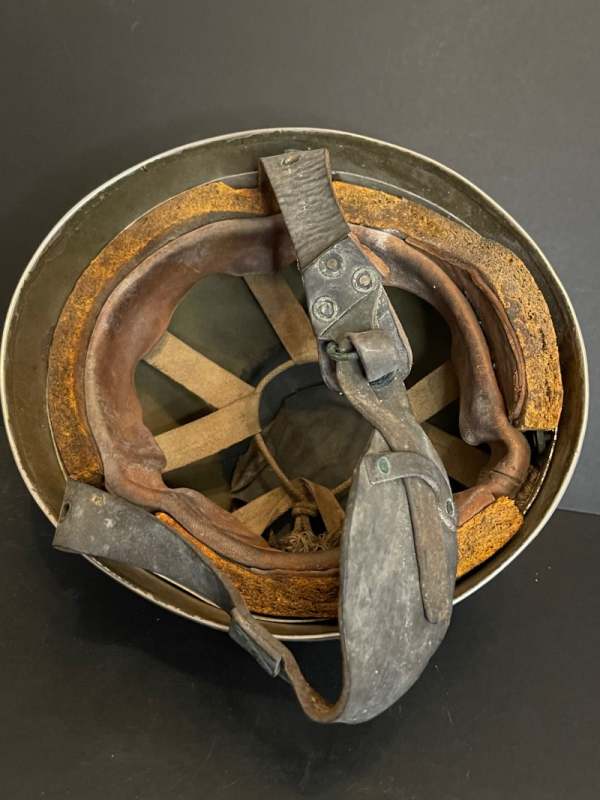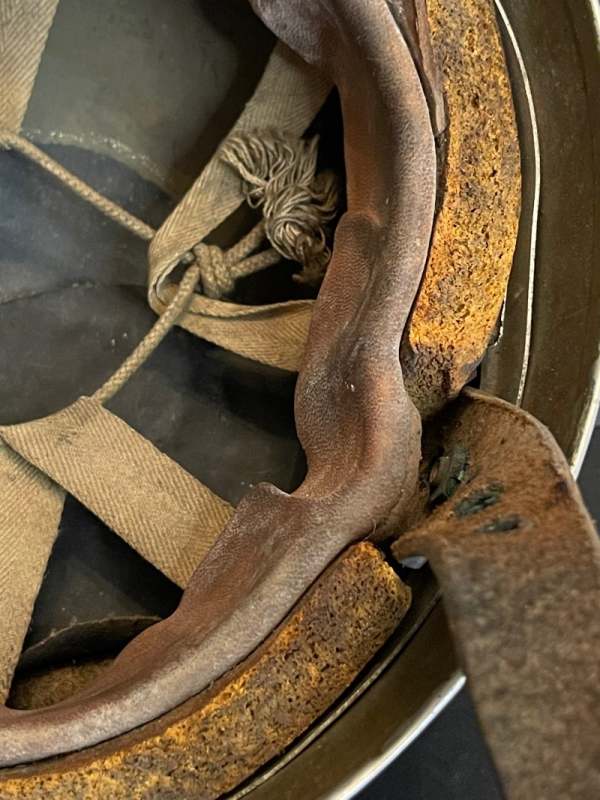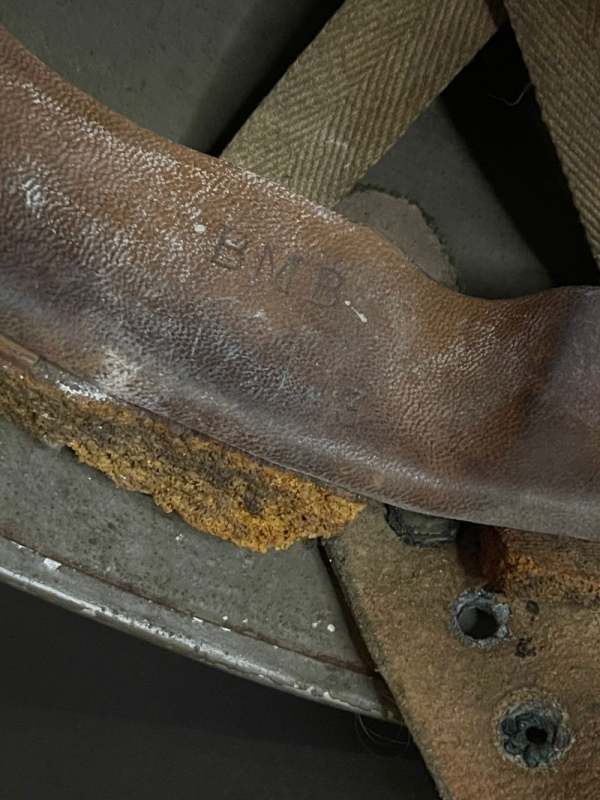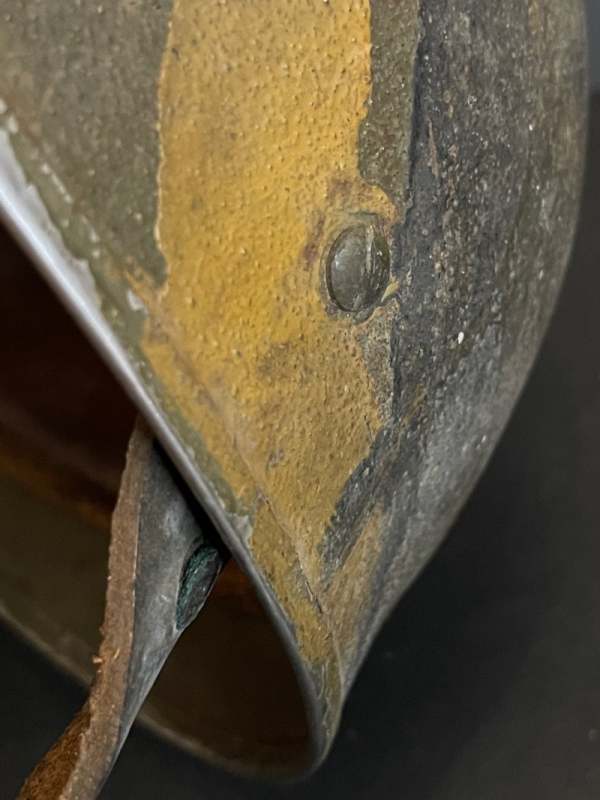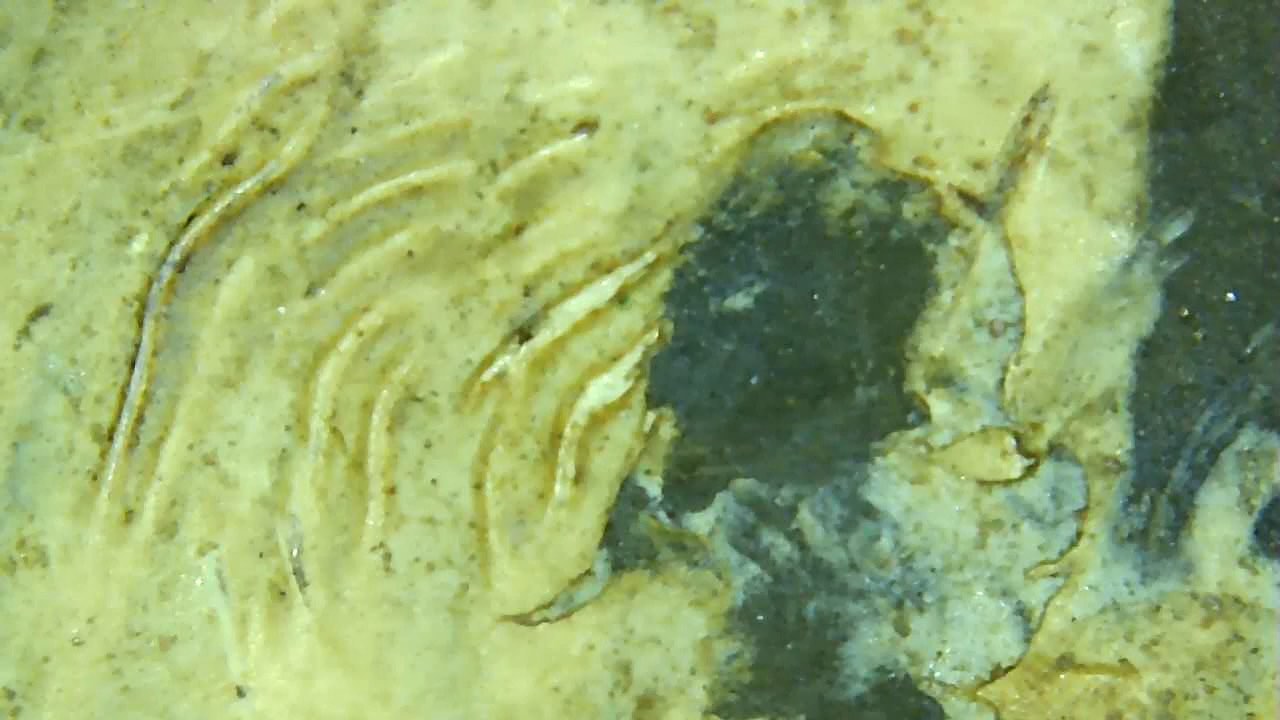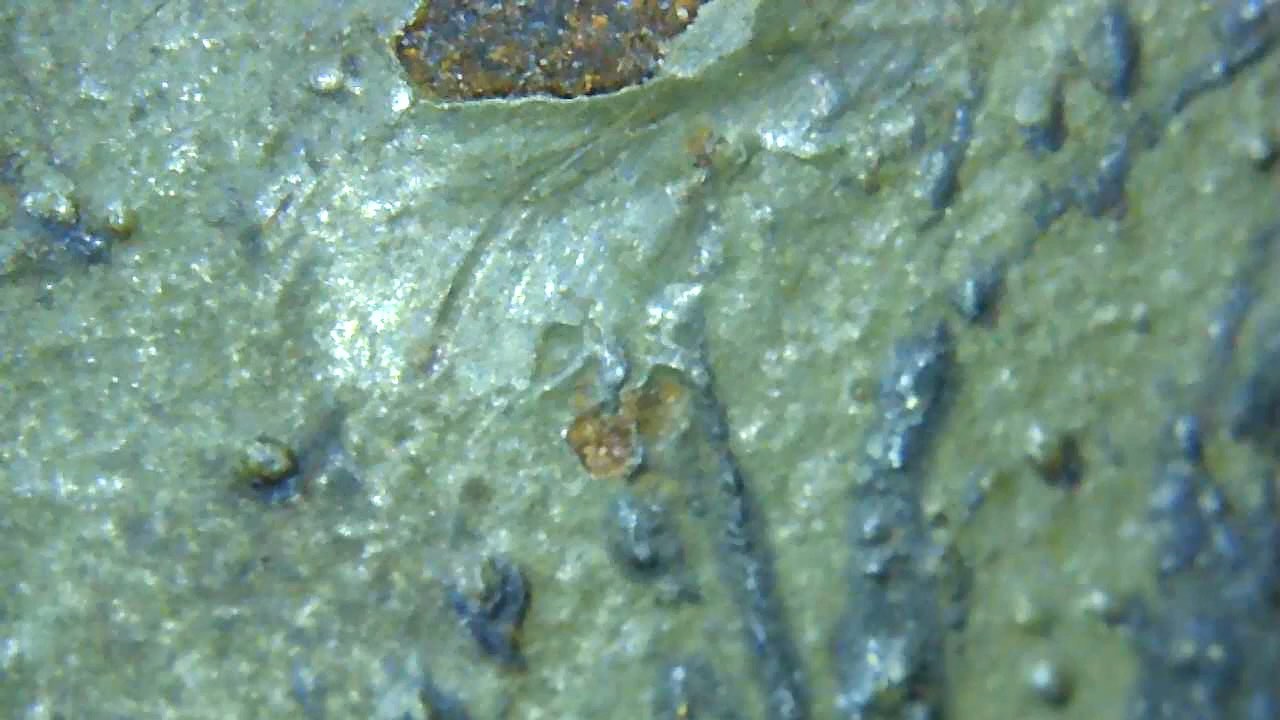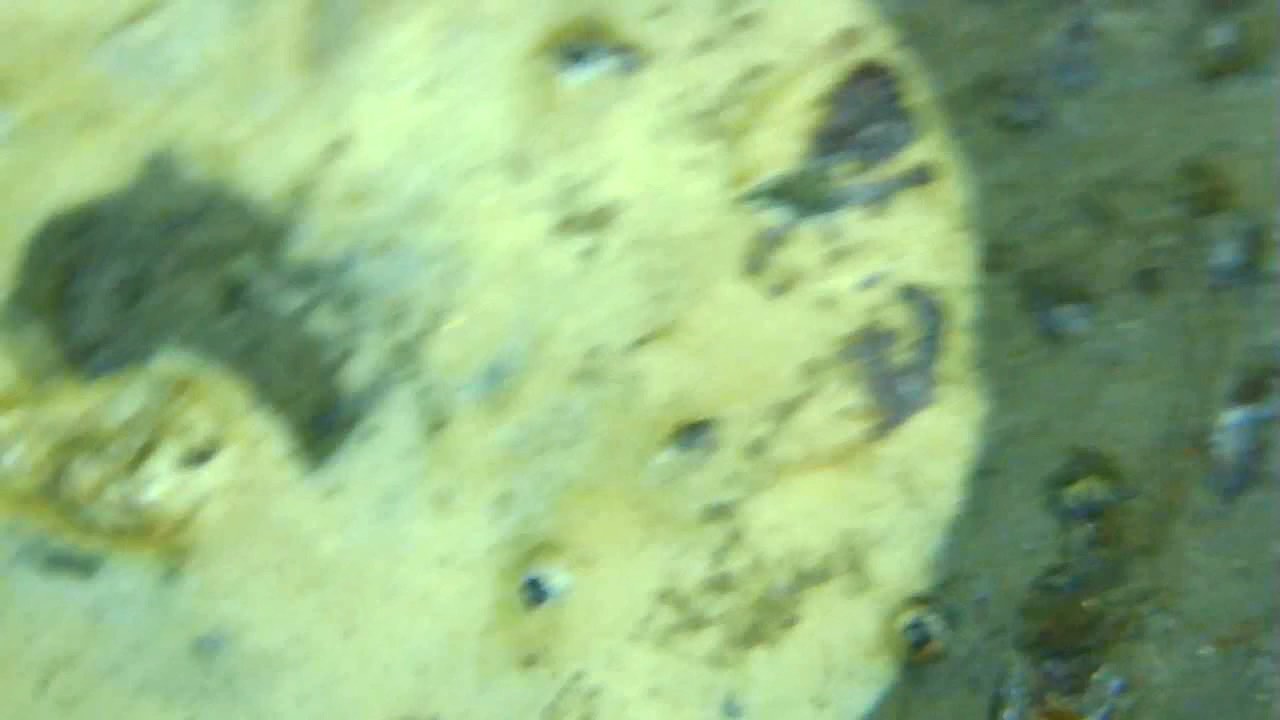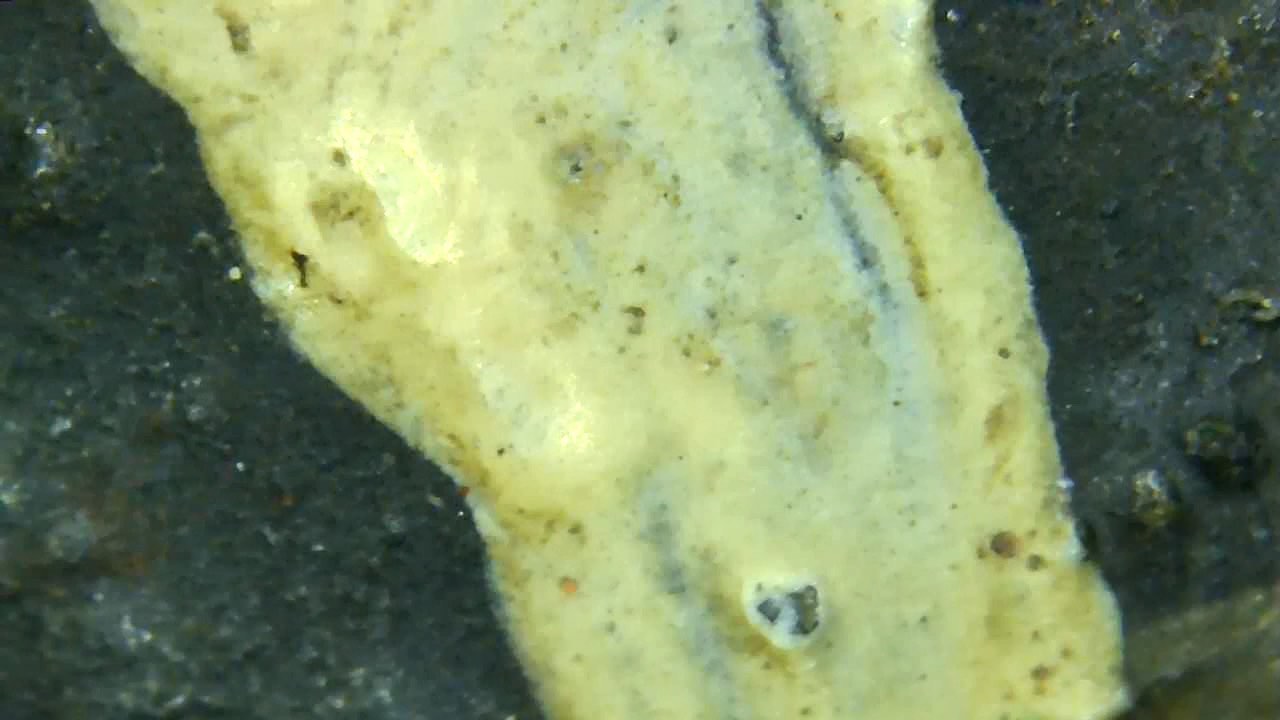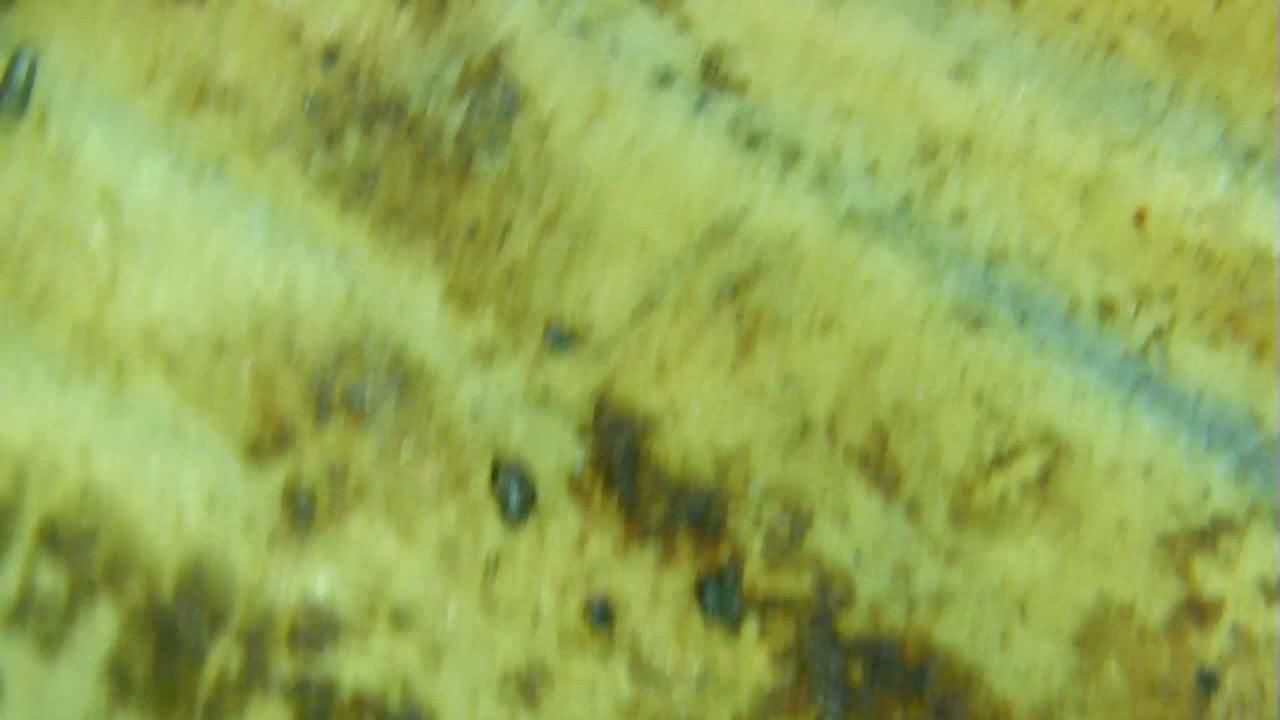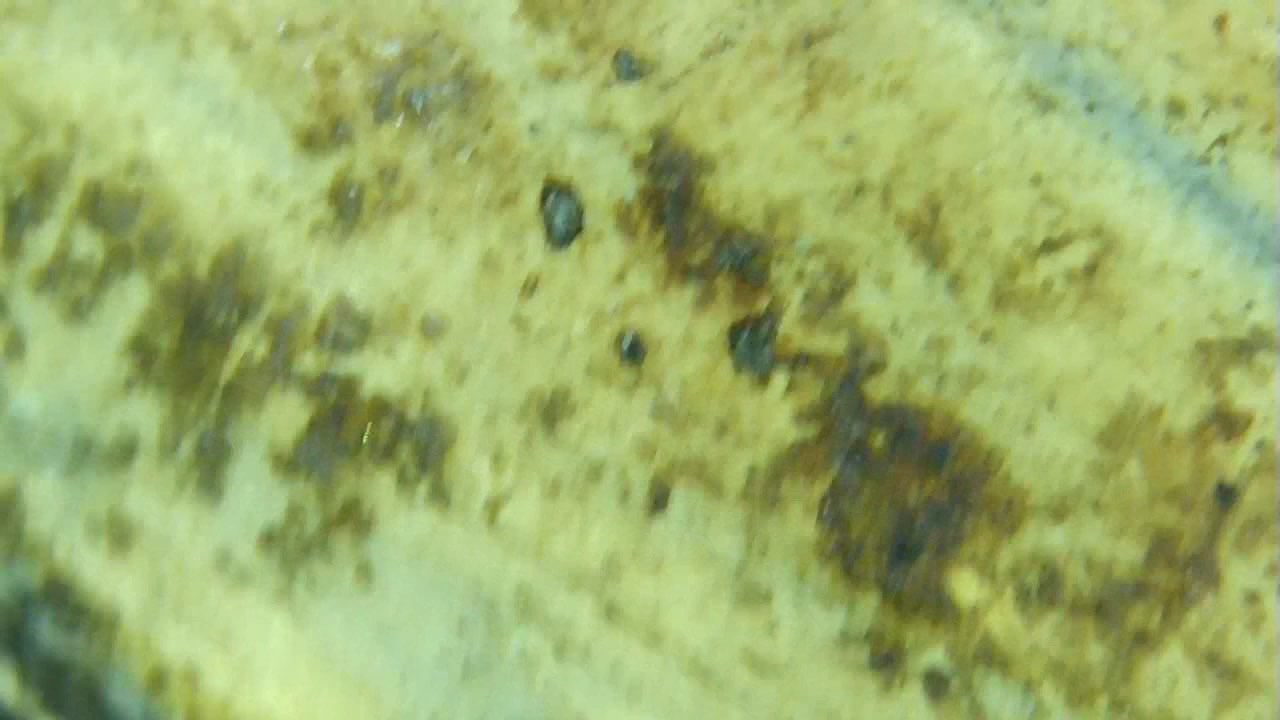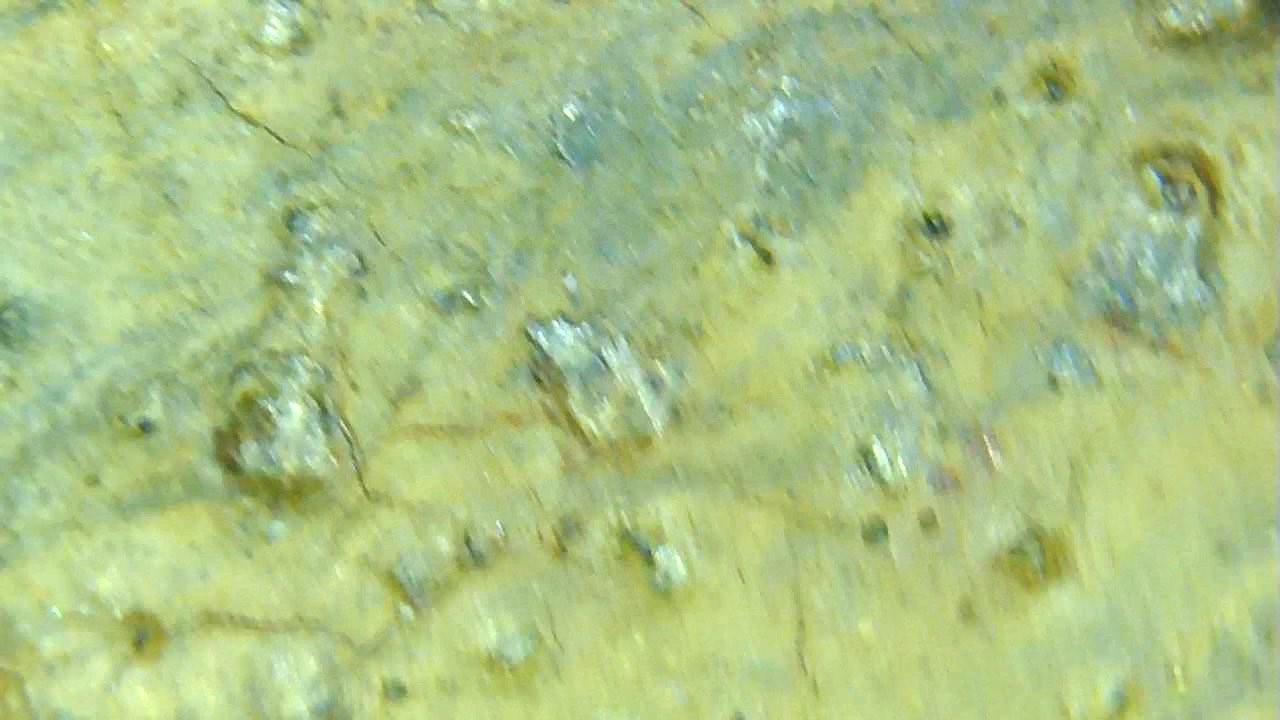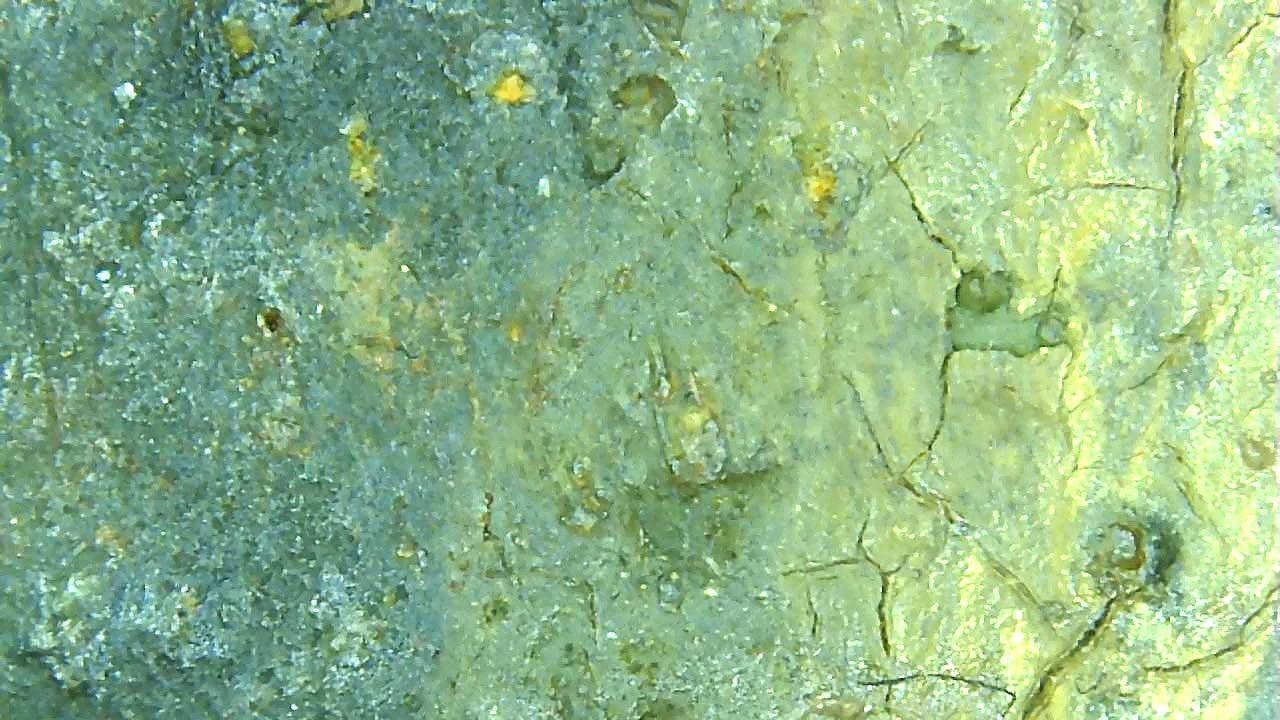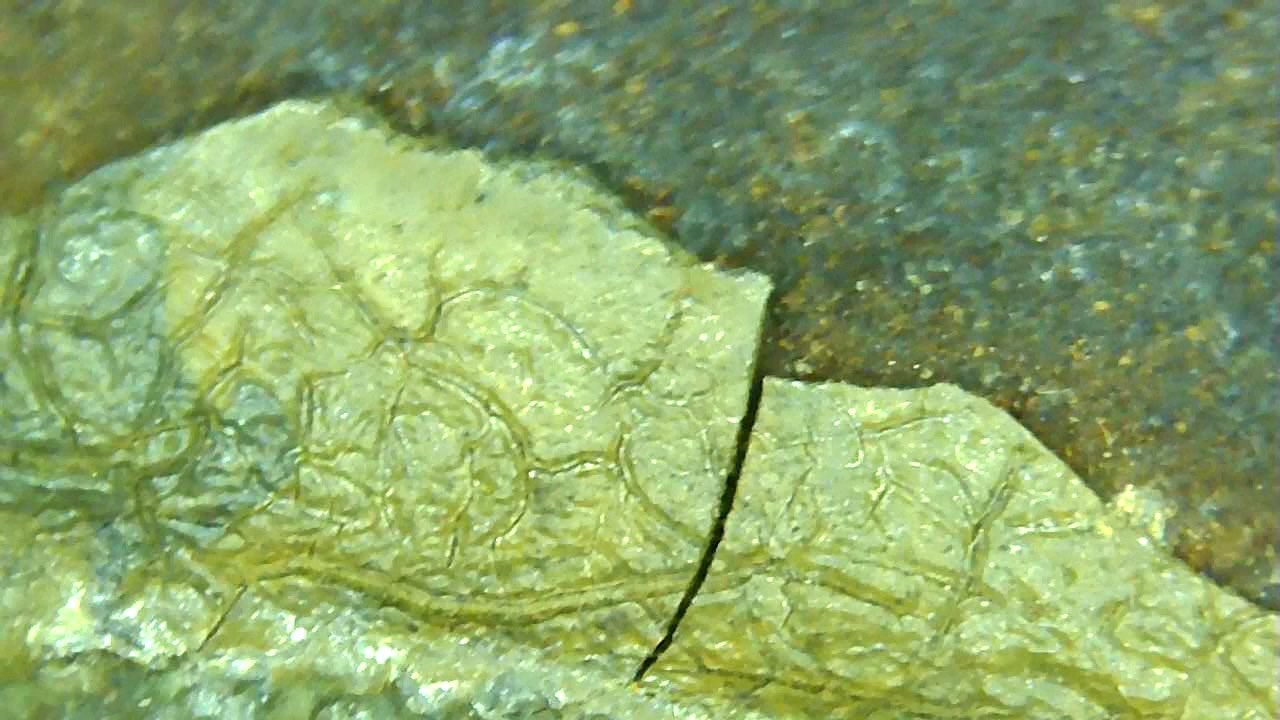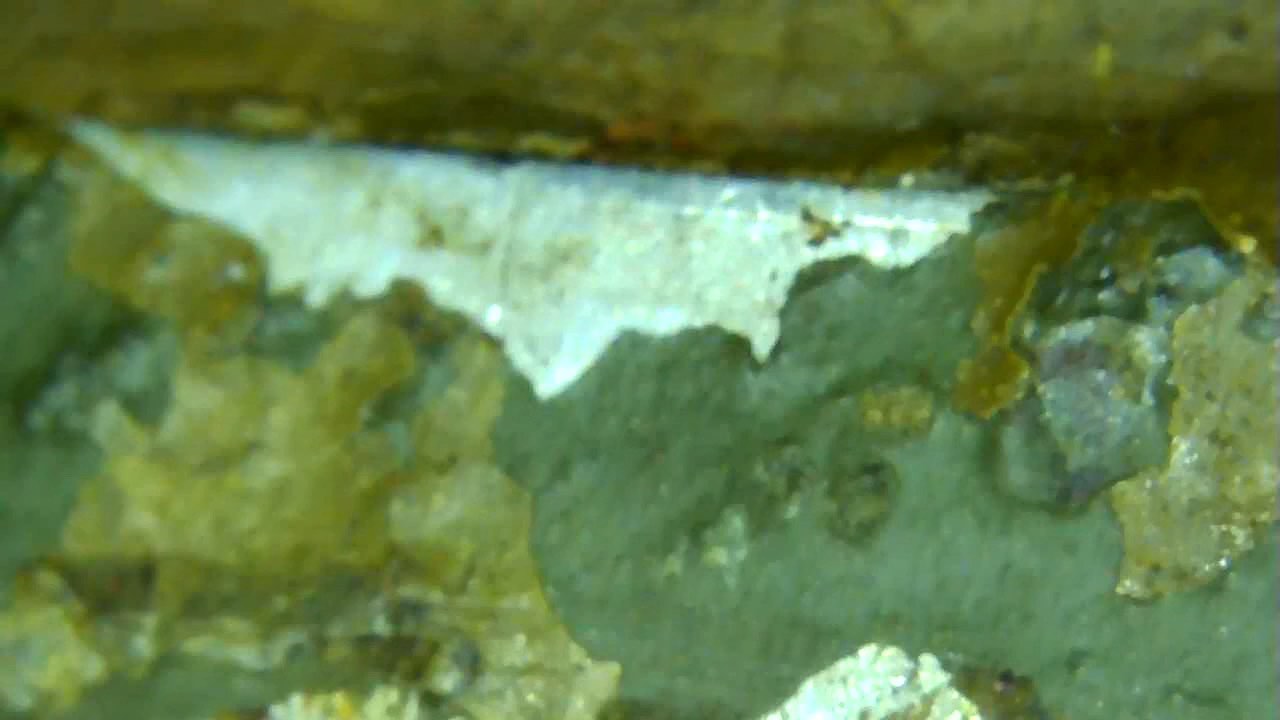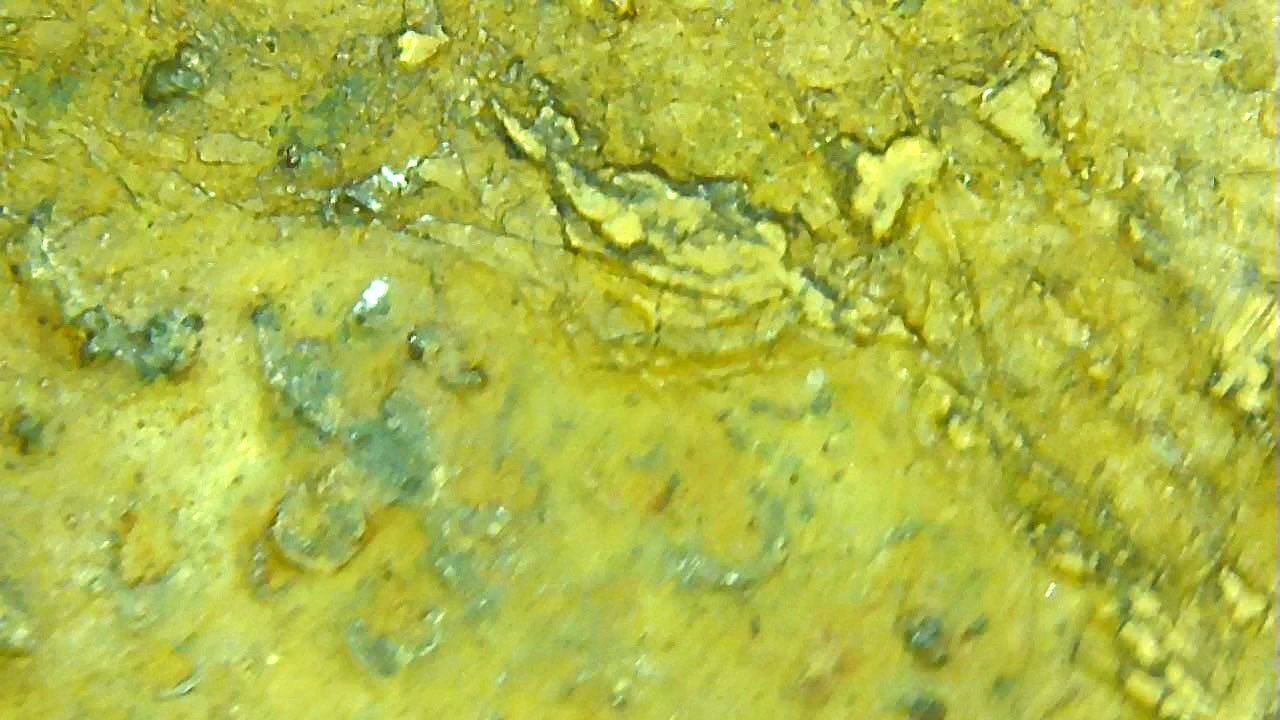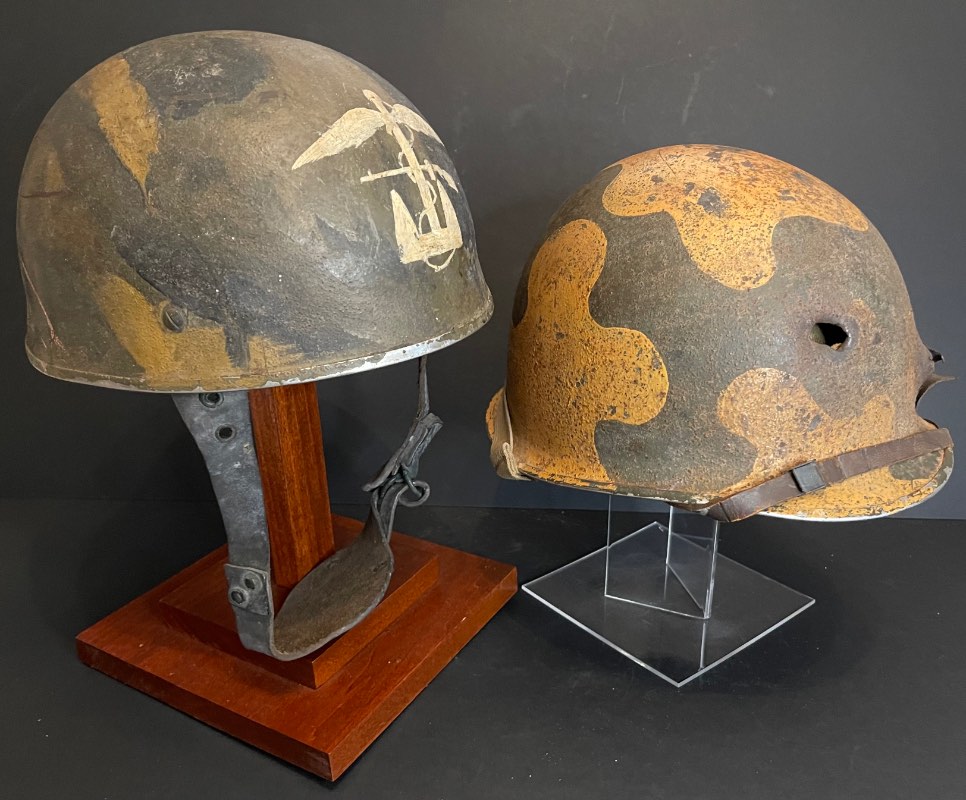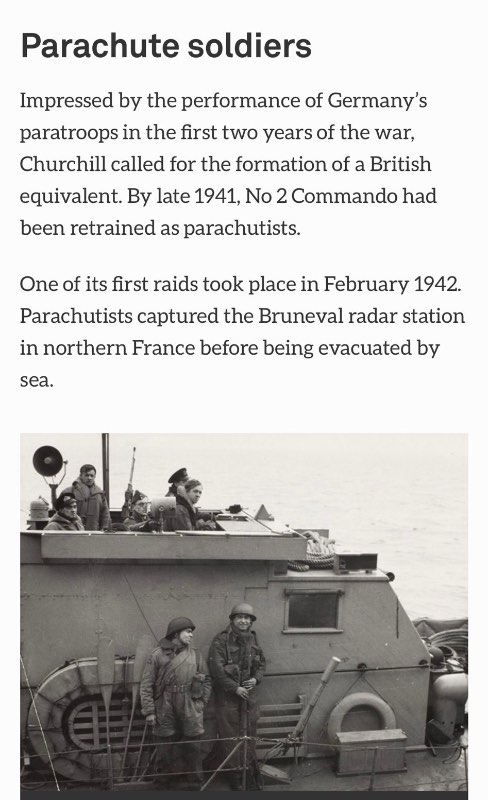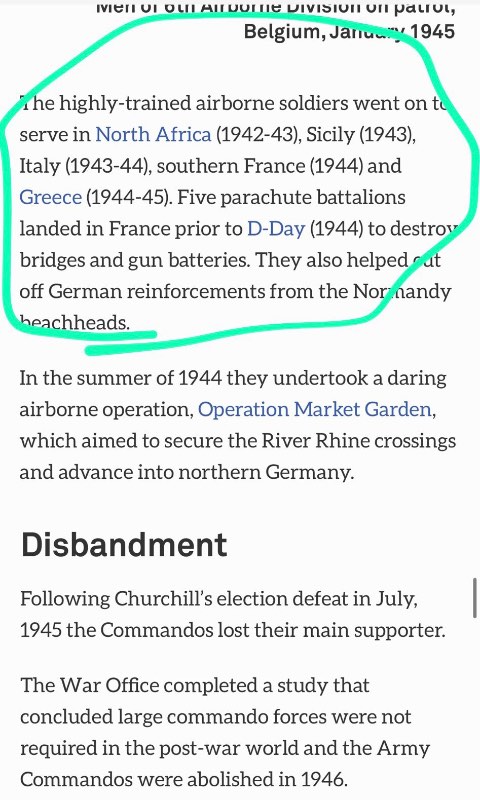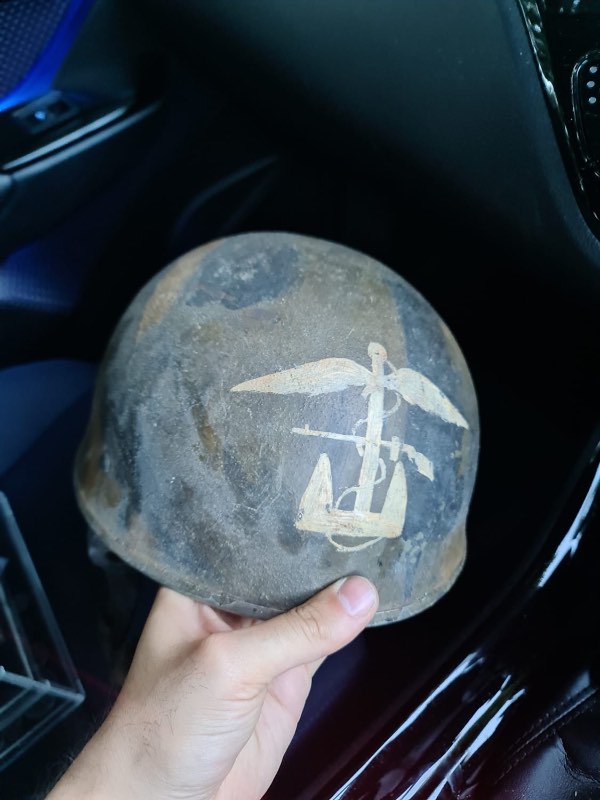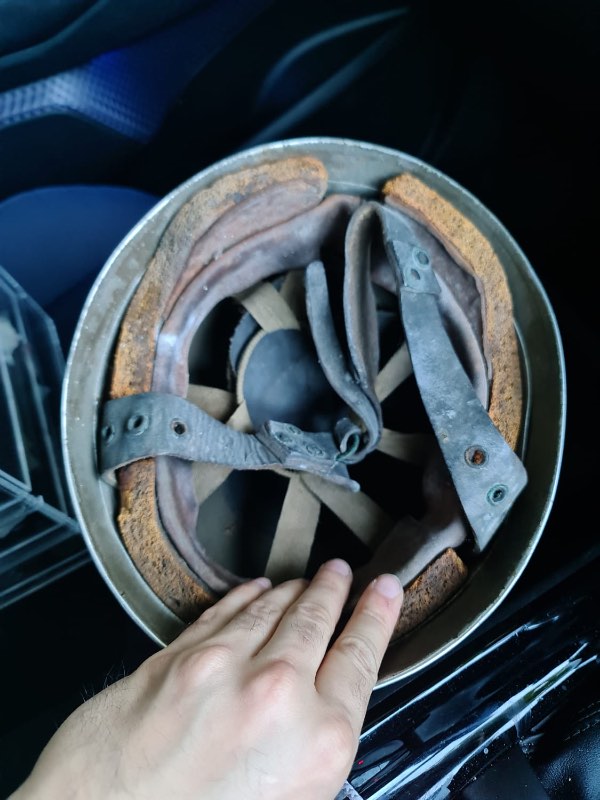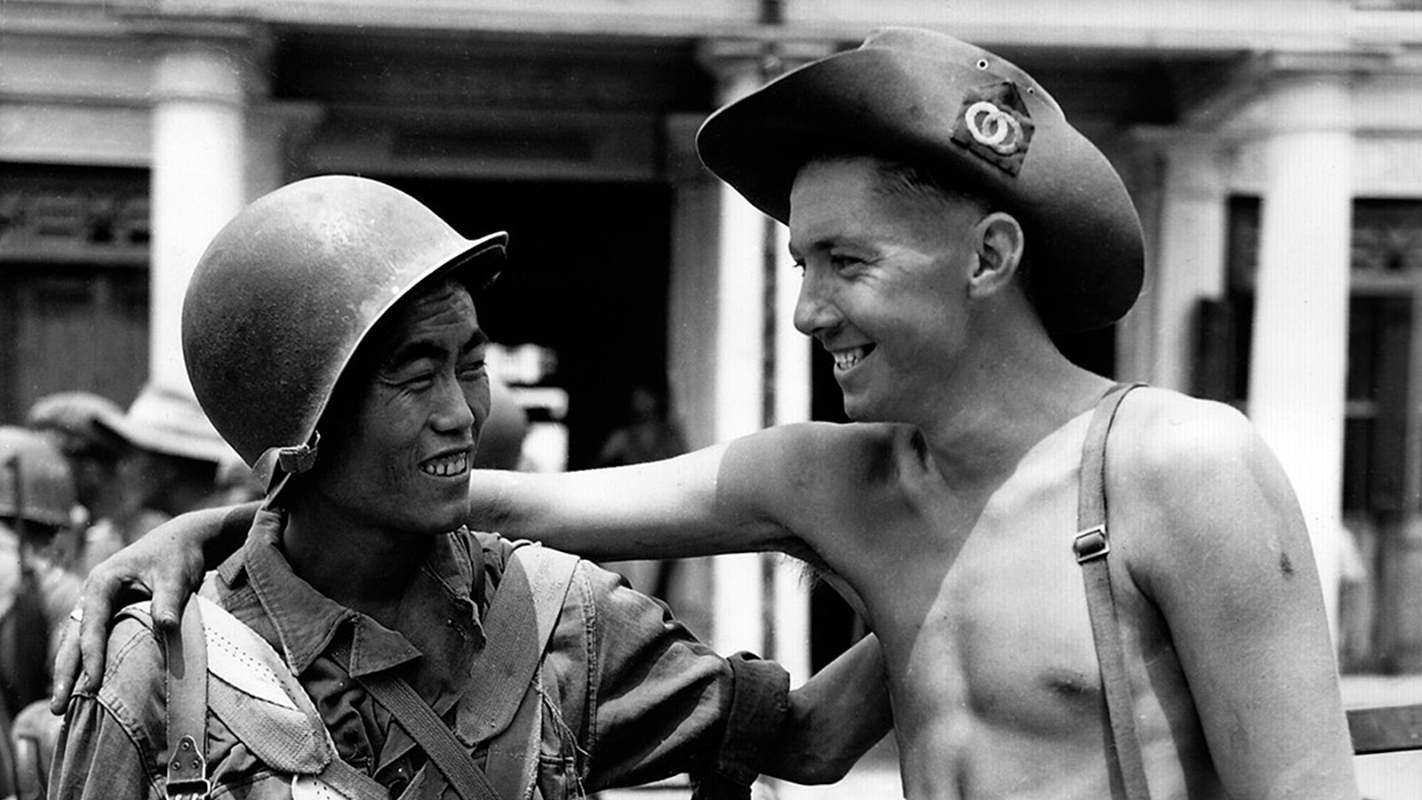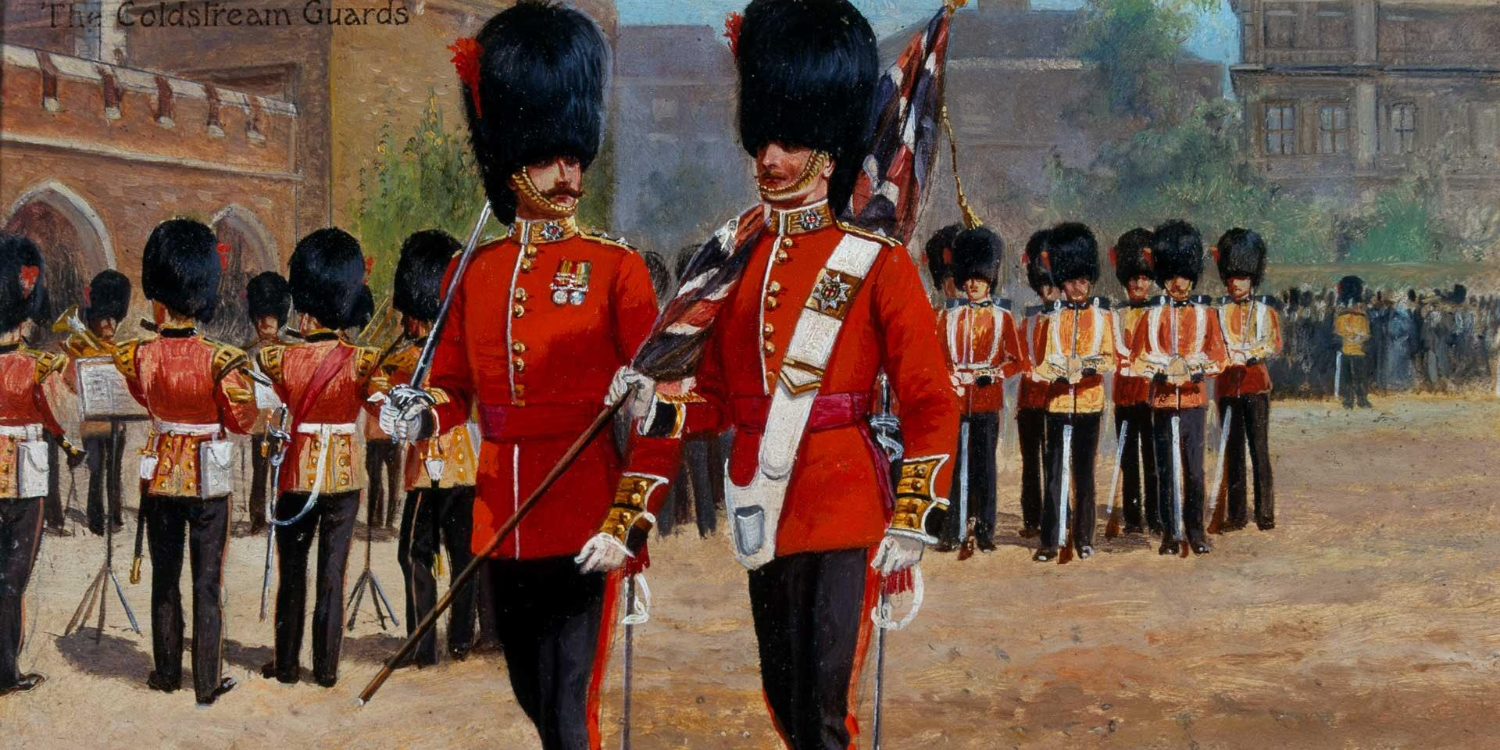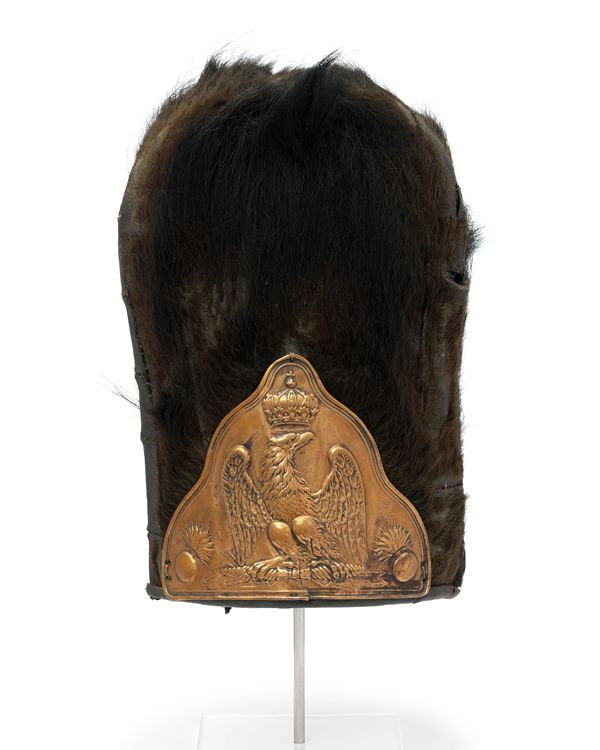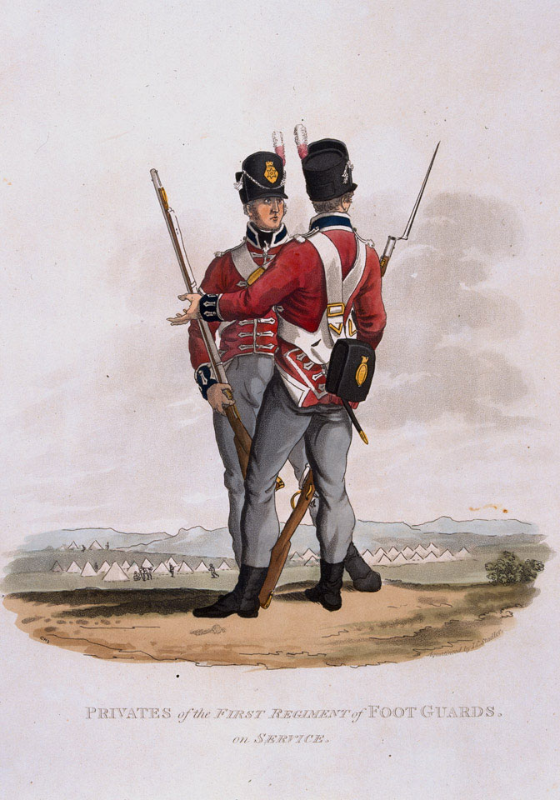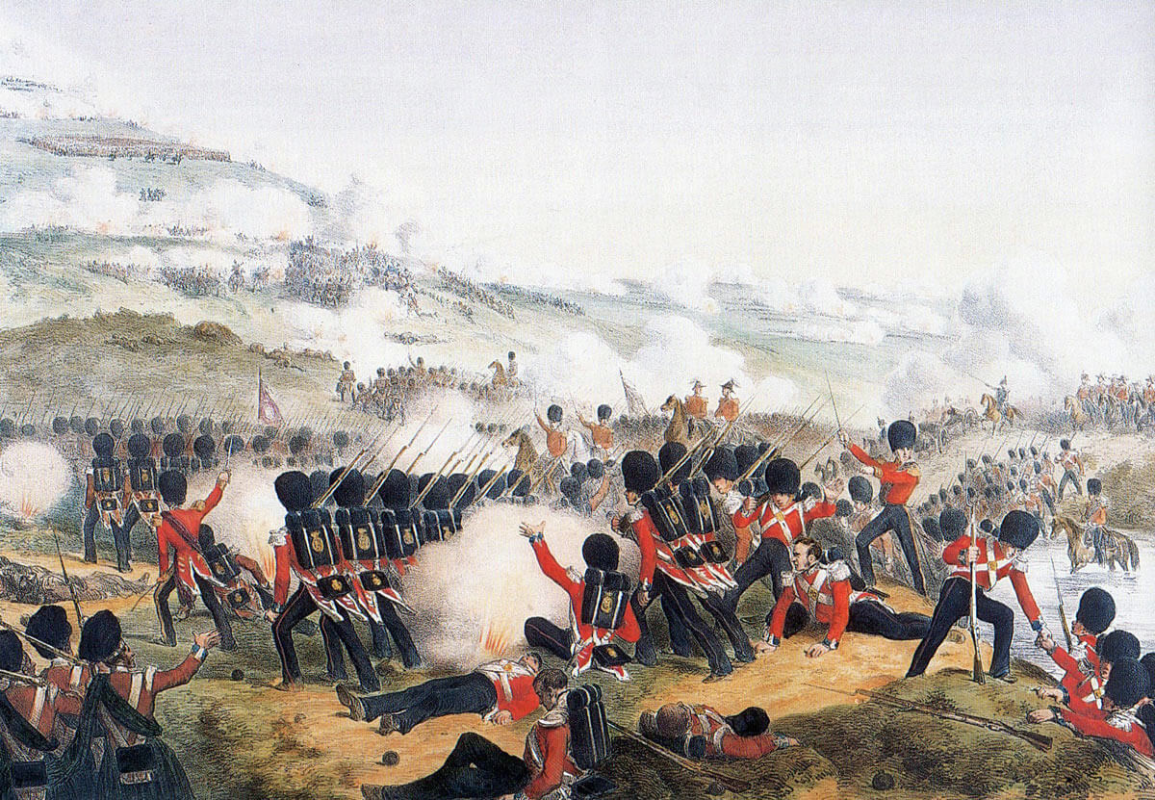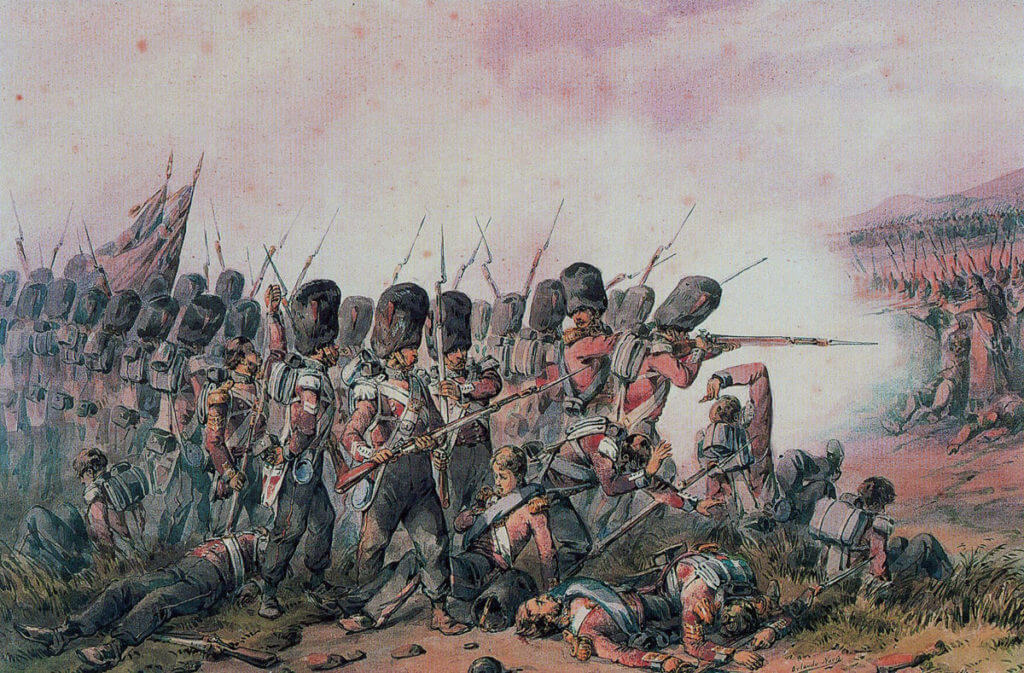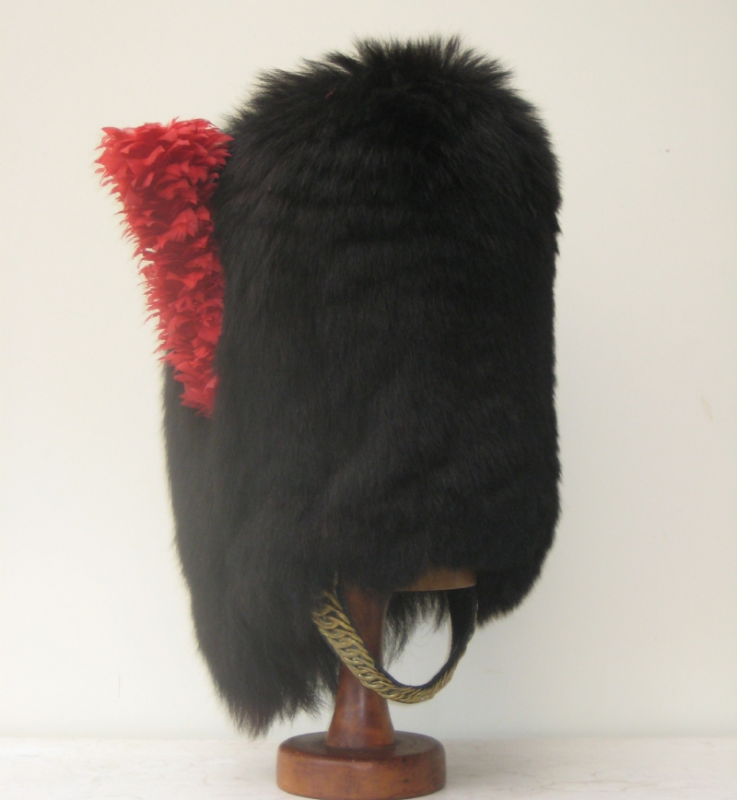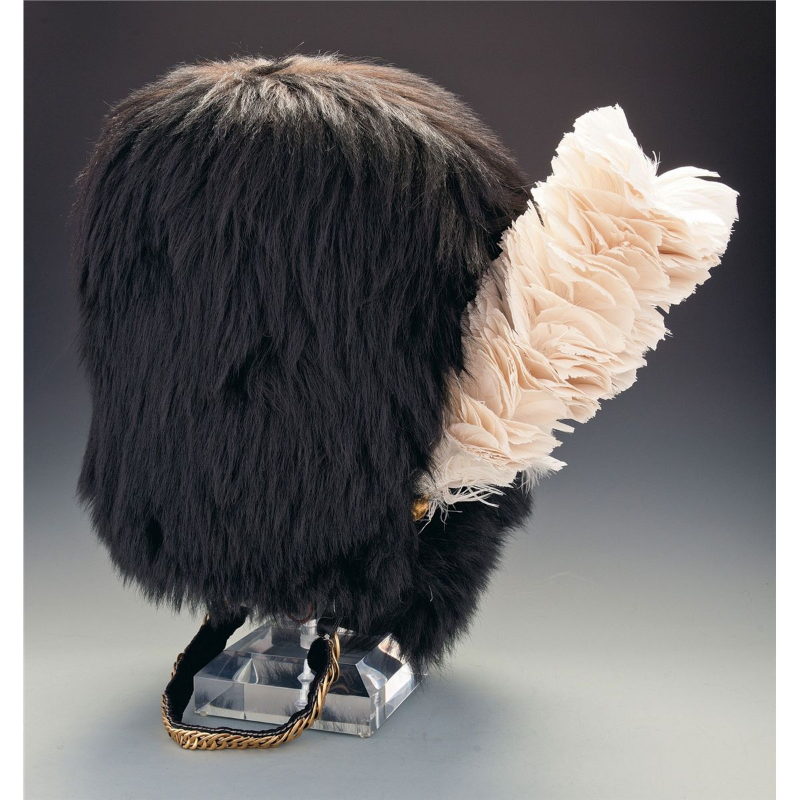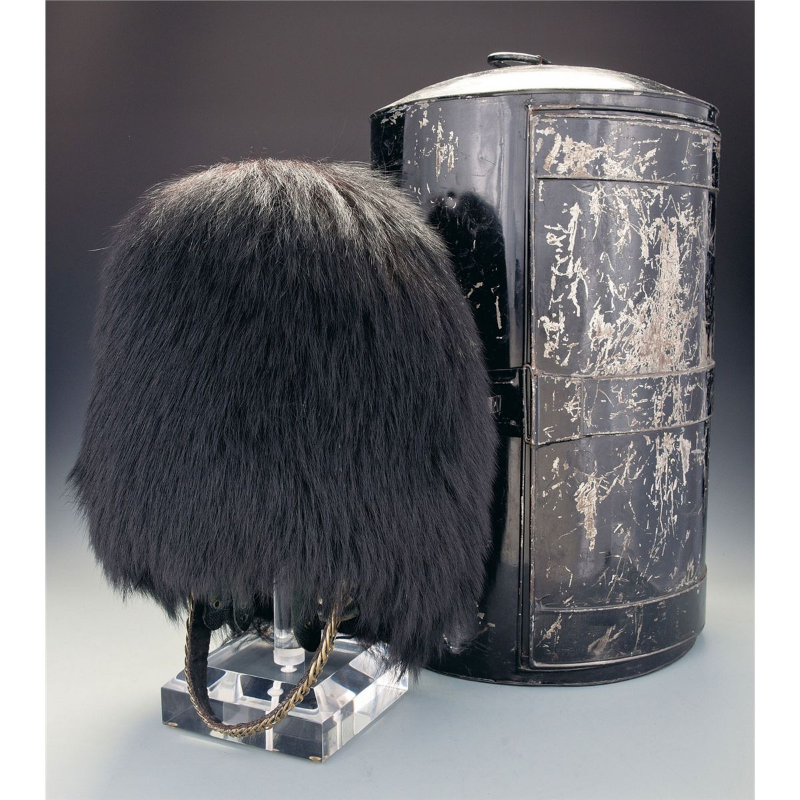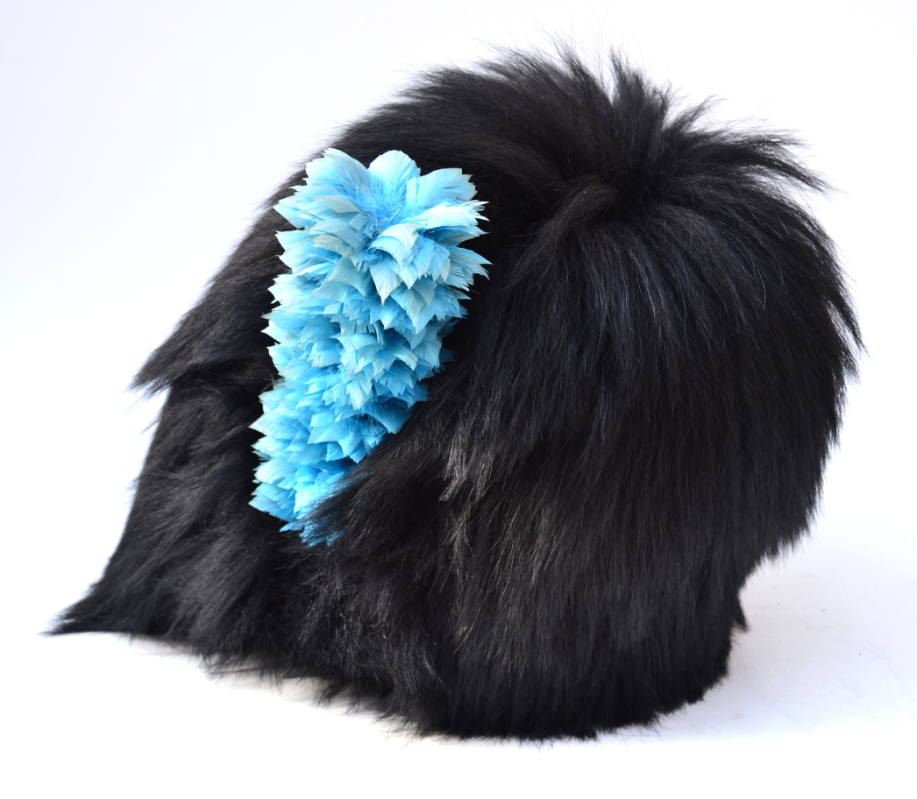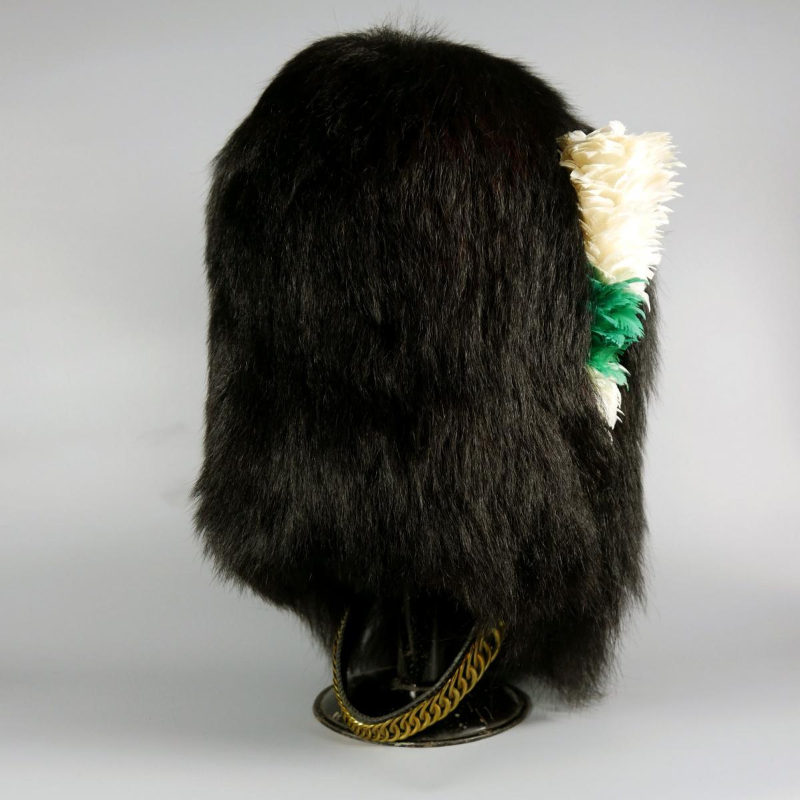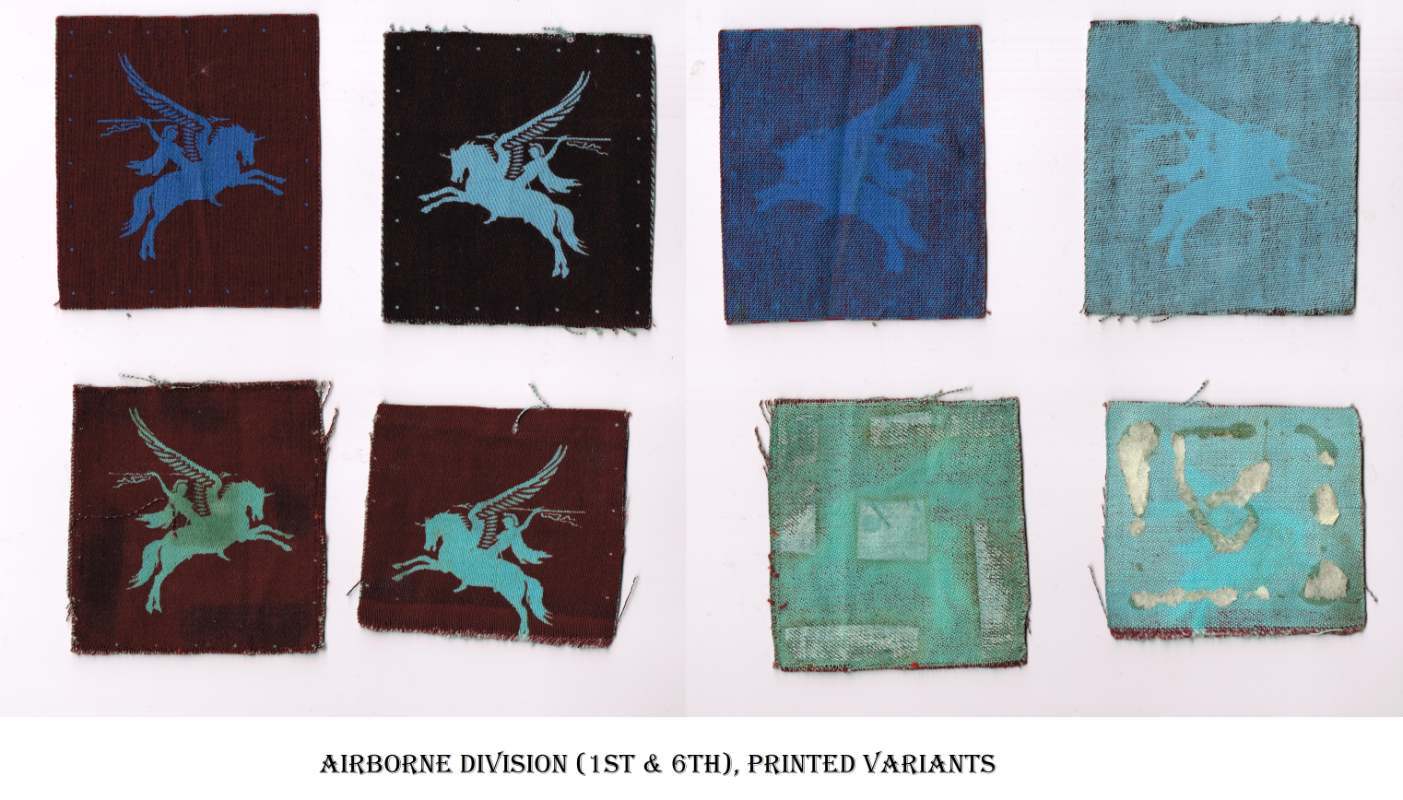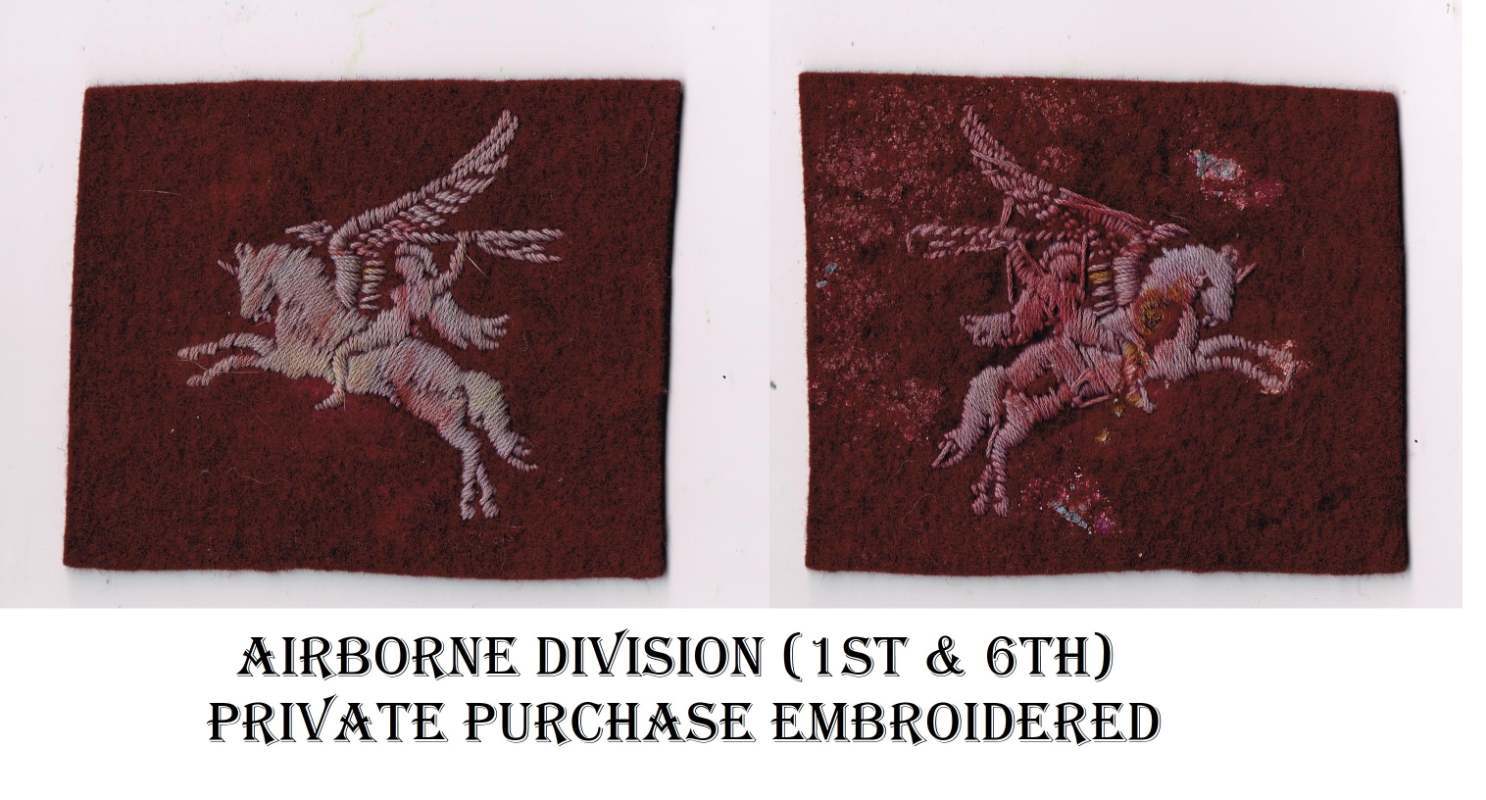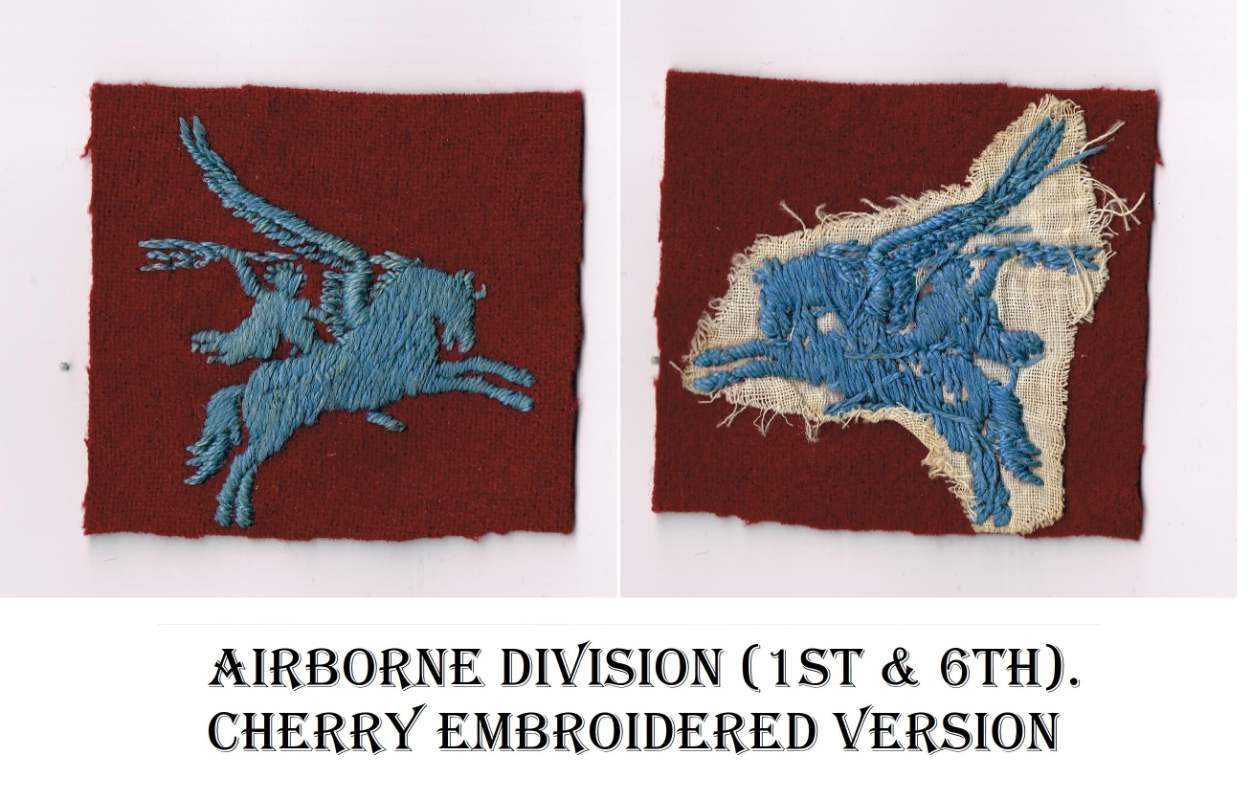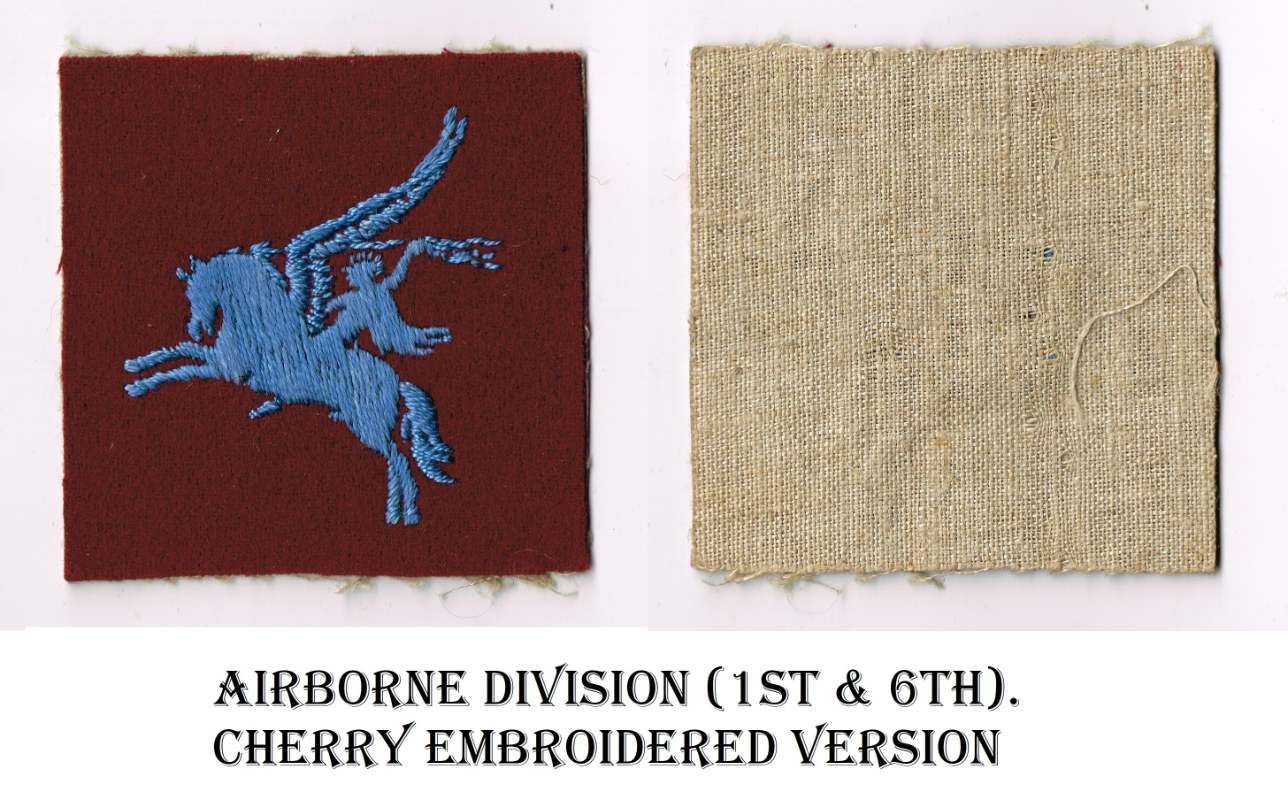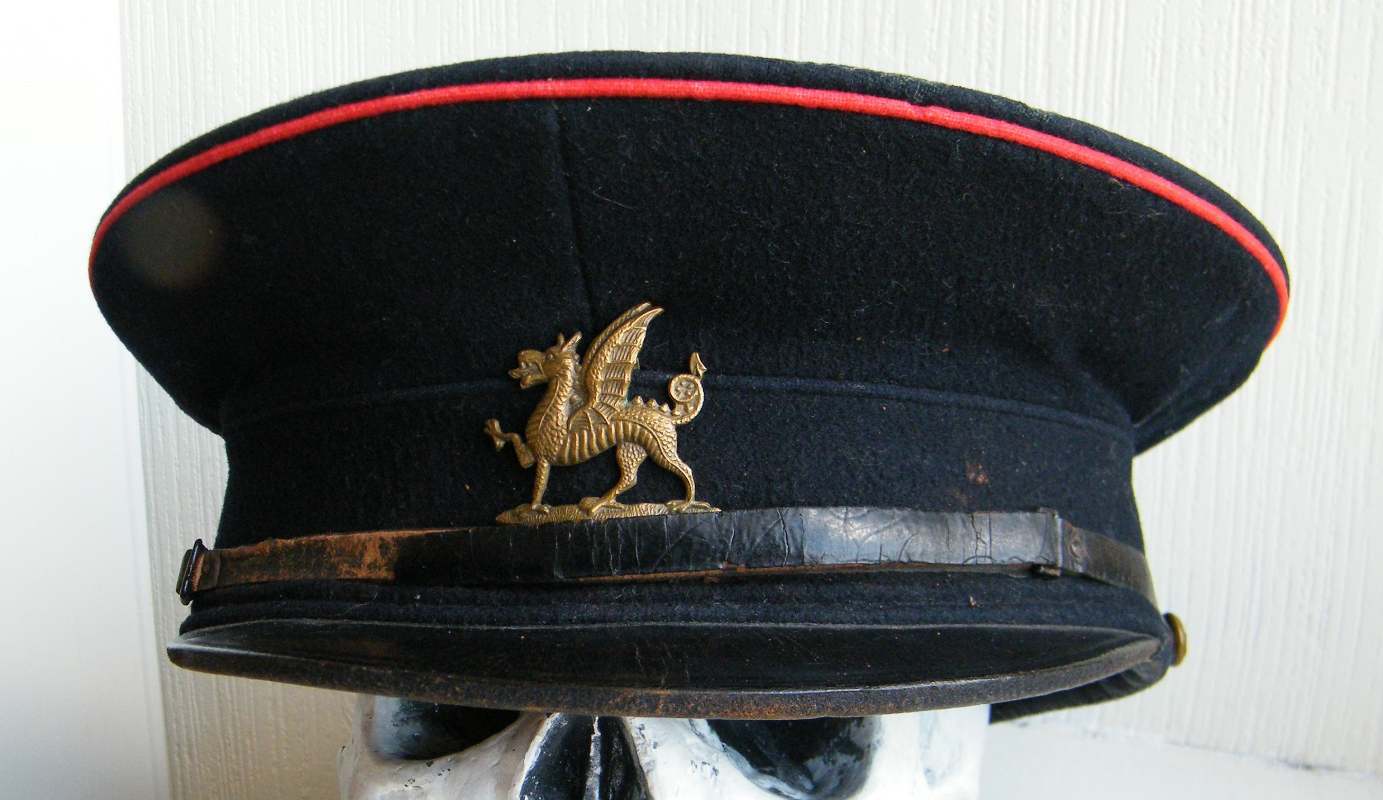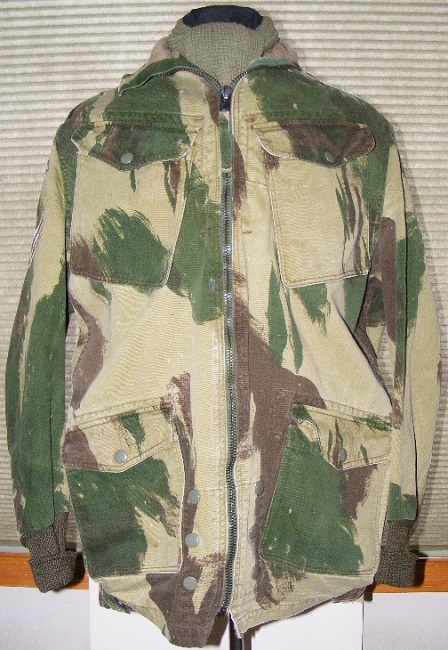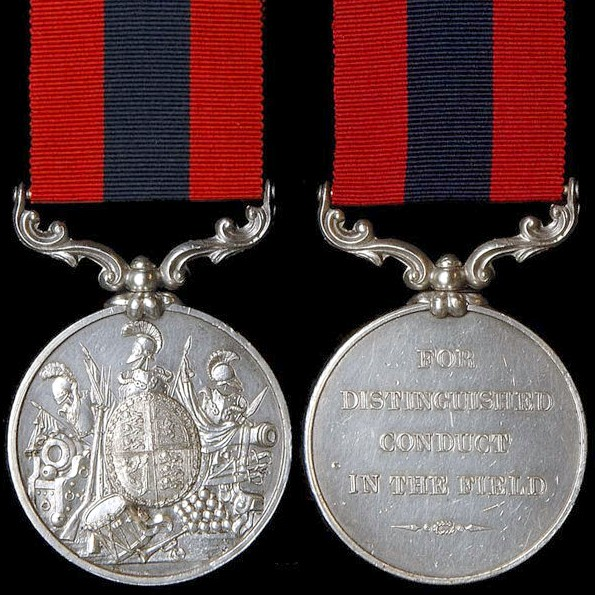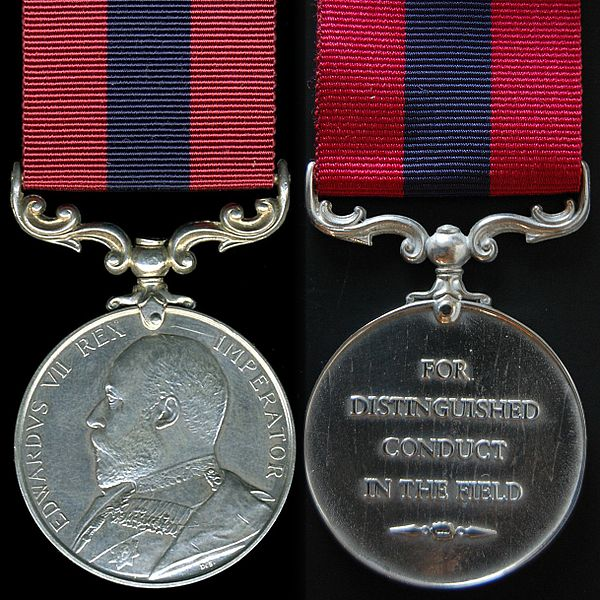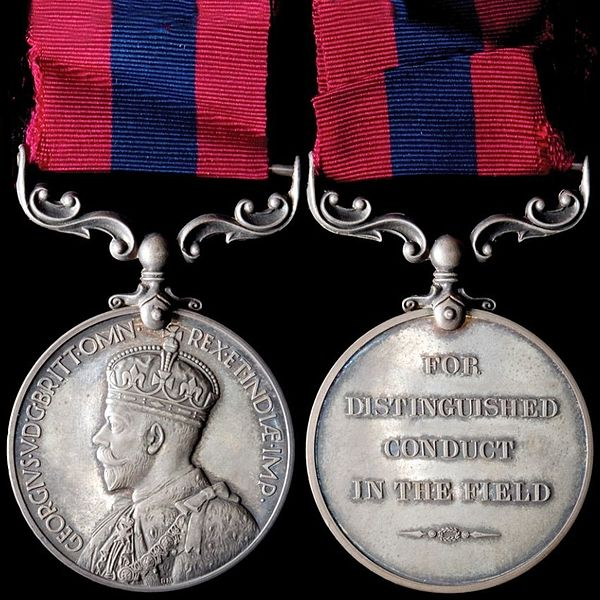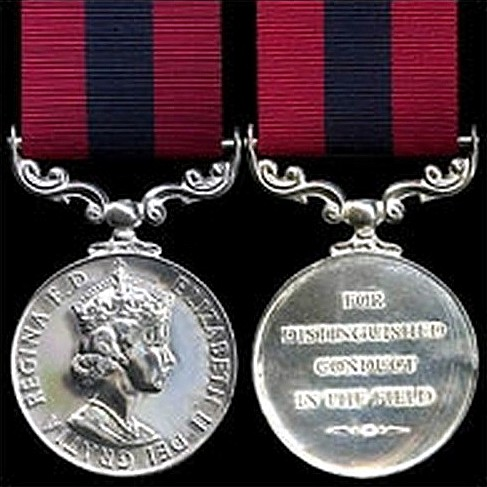Search the Community
Showing results for tags '20th Century'.
-
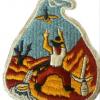
20th Century SAS Tropical Wings 1950's legit or repro?
phillock posted a topic in Uniforms, Insignia, Equipment & Medals
Hi Team I posted this on BBF to find out if this is a legit SAS Tropical wing. I inadvertantly started this under the below thread,Tonomachi and Kia Kaha have kindly responded see the link below. Below is from Kia Kaha "These wings were worn on number 3 dress the white tropical dress tunic worn in Hong Kong, Malaysia and possibly the Middle East/Near by ex S.A.S. Pers within the British Army. As the S.A.S. Regiment was not posted on strength to these areas at the time. usually a two year permanent posting. The Regiment didn’t get issued this uniform so serving troopers on deployments would only have the cloth wing, if worn. these brass or white metal skill at arms badges were designed to be removable from the uniform to be polished, and so the uniform could be laundered. Worn in the late 60s and 70s. This style of dress uniform was discontinued in the mid 70s? And most of these badges were sold through disposal stores. " I am unsure if my one is legitimate or a reproduction as these have been remade. Would like to hear opinions cheers Phill -
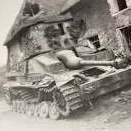
20th Century WW1 RFC Pilot Officers Uniform Tunic
Gearup1940 posted a topic in Uniforms, Insignia, Equipment & Medals
A nice WW1 RFC Pilot Officers Uniform Tunic, it has Canada epaulette flashes, named and dated April 1918. -
Picked this one up today. I was told it is Eastern Irish Command. It's seen some use but the insignia is in good condition. It's nice when the liner and chin strap are present....be even nice if there wasn't roofing tar on them. The guy I got it from sad, almost every piece had some tar on it. The strap shows 3 s/n's(?). 2 that will require squinting to make them out, and one very legible, C. Hyland, S/N 202026. I'm terrible at U.S. research, doing British research...Yeah, right!
-
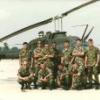
20th Century RAF Service Cap by Bates
MattS posted a topic in Uniforms, Insignia, Equipment & Medals
A recent pick up, had to replace the front strap with a modern RAF one. Royal Air Force service cap Bates Light Weight, late 1950s or 1960s, named to Flight Lieutenant Abel. -
1st Battalion Queen's Own Cameron Highlanders served in Korea after the Armistice, and had a detail assigned to the 8th Army Honor Guard in Seoul. It wasn't in Korea very long, from sometime in 1955 to sometime in 1956, probably the fall of 1956, here it is then sent to Aden in the Middle East. In this summer 1956 photo we see other member states troops in the Honor Guard, to wit Ethiopians and Turkish, the Ethiopians and Turkish carry M1 Rifles that seem to have had their Muzzles Chromed. All of them may be wearing the 8th Army patch with HONOR GUARD Tab on the other shoulder. The Cameron's under their Swatch of Tartan Formation Sign.
-
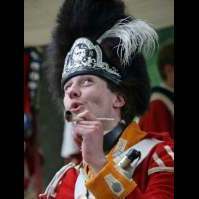
20th Century WWII Arm Of Service Stripe Chart
patches posted a topic in Uniforms, Insignia, Equipment & Medals
-
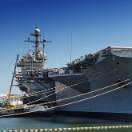
20th Century new addition, WWII Female ATS hat
ussjfkcv67 posted a topic in Uniforms, Insignia, Equipment & Medals
-
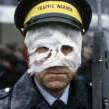
20th Century 44 pattern SAS badge review
Milihfra posted a topic in Uniforms, Insignia, Equipment & Medals
Hello all, I would like some other opinions on this SAS beret badge I am interested in. It looks correct from the front compared to other examples and on the back it looks ok, while the paper initially raised some concern I have read that this pattern had a lot of variety and may indicate its older than others. That being said, I know it is impossible to determine when exactly this badge would have been used from late WW2 through the 1950s. -

20th Century UK WWII Defense Medal
stratasfan posted a topic in Uniforms, Insignia, Equipment & Medals
The Defense Medal is awarded for non-operational service such as those service personnel working in headquarters, on training bases and airfields and members of the Home Guard. The medal is also awarded for non-operational service overseas (for example, service in India or South Africa). To qualify for the Defense Medal, you must have either: 1080 days (3 years) service in the UK between 3 Sep 1939 and 8 May 1945 1080 days (3 years) service in the Home Guard between 14 May 1940 and 31 Dec 1944 360 days (1 year) non operational service overseas between 3 Sep 1939 and 2 Sep 1945 180 days non operational service in an overseas area deemed to be closely threatened or subject to air attack between 3 September 1939 and 8 May 1945 The colours of the ribbon symbolise enemy attacks on Britain’s ‘green and pleasant land’ and the black out. This is a cool medal to learn to recognise the ribbon of, as if you watch any British films or TV shows set in late WWII or the post-war years, police and many soldiers have this ribbon on their uniform! I'm not sure what era this particular medal is, but this is Sis' UK medal. We each got our first UK medal for Christmas on 2017. Super fun and very beautiful medal! Feel free to post pictures of yours for reference or to share! -

20th Century Military Cross (MC)
stratasfan posted a topic in Uniforms, Insignia, Equipment & Medals
The Military Cross was instituted on December 31st, 1914 as a recognition of distinguished and meritorious service in battle in situations not sufficient to merit the Victoria Cross. The Military Cross can be awarded to commissioned officers of the substantive rank of Captain or below or Warrant Officers. In 1920, the terms were altered to clearly state the award was for gallant and distinguished services in action and that RAF officers could be awarded the Military Cross for gallant and distinguished services on the ground as opposed to flying. On performing a second or subsequent action, the recipient will be awarded a bar to the Military Cross to be worn on the ribbon. After the Second World War, most Commonwealth countries created their own honours system and no longer recommended British awards. The last Military Cross awards for the Canadian Army were for Korea. The last four Australian Army Military Cross awards were promulgated in The London Gazette on 1 September 1972 for Vietnam as was the last New Zealand Army Military Cross award, which was promulgated on 25 September 1970. Canada, Australia and New Zealand have now created their own gallantry awards under their own honours systems. Since the 1993 review of the honours system, as part of the drive to remove distinctions of rank in awards for bravery, the Military Medal, formerly the third-level decoration for other ranks, has been discontinued. The MC now serves as the third-level award for all ranks of the British Armed Forces for gallantry on land, not to the standard required to receive the Victoria Cross or the Conspicuous Gallantry Cross. In 1979, it was approved that the Military Cross may be awarded posthumously. Description: On each arm of the silver-coloured Military Cross is an Imperial Crown and in the centre of the award is the ‘Imperial’ and ‘Royal Cypher’ of the reigning sovereign, GV, GVI or EIIR. The reverse of the award is plain with the year of the award engraved on the lower arm. The white ribbon is 1.375 inches wide with a central vertical purple stripe (0.5 inches wide). The bar is made of silver with a crown in the centre. The Military Cross was designed by Henry Farnham Burke, while its ribbon was created by Victoria Ponsonby, Baroness Sysonby. Issued unnamed, but frequently encountered unofficially engraved in various styles with the recipients details. MC from the George V era (WWI/The Great War) (Courtesy of North East Medals): https://www.northeastmedals.co.uk/britishguide/military_cross/military_cross_obverse.jpg MC from Georges VI era (WWII): MC from Elizabeth II era: If you have one of these medals to show, a picture of a soldier wearing it, or a story about this medal being awarded/earned . . . please feel free to share it here! This is one of my favorite British medals . . . really classic elegance. -

20th Century Picture of my grandads ship and medal and pic of my dad's ship
Blade69 posted a topic in Uniforms, Insignia, Equipment & Medals
Hi guys both my dad and grandad were in the British navy here is a pic of my grandads ship the HSM Royal Sovereign and his service medal 1914-18 and genuine photo of my dad's ship HMS Ark Royal 1956-58 dad was on the ship at the time this photo was taken visiting New York in June 1958 -
 Ok so I’ll start this by saying I have never collected British items. I had a Tommy helmet a few years ago but that’s it, my dads father served in Burma and his father served in Monty’s 8th Army at Al Alamein but never got into collecting Brit militaira. In fact I don’t know anyone who does, I’ve collects USMC for so long now I wouldn’t even know where to start. This story starts off with a phone call from a friend going to a House sale in Leicester. He regularly visits clearances and sales for jewelry etc and I have said if anything camouflage comes up please give me a call. So I receive 2 photos of him In the car with this helmet and he asks if I’m interested, the lady states her husband had died some years ago and the house was too big so she was downgrading, she was well in her 80s. She went to the garage and said her husband had kept this for years in there and here it is. No other Militaria whatsoever just this. I have absolutely no expletive whatsoever with British items but I know real Camo when I see it and that Orange colour I had seen before because it’s on a 6th armoured lid I have, and I know that it was used in the Italian campaign. Well her it is, when it arrived and peeled back the box and bubble wrap that musty smell of garage and 80 years of funk hit me with delight. WW2 British paratrooper helmet made by BMB 1943 and what looks to be camouflaged for the Sicily campaign in mid/late 1943 for No2 Commando. After researching Combines operations I learnt a lot about the history of combined operations and there landings. Compiled of Land sea and air forces branches of the British military, Combined Operations made a huge contribution to the successful outcome of the Second World War by undertaking dozens of Commando raids and landings, mostly against the Axis forces, from Norway in the north to Madagascar in the south and from North Africa and the Mediterranean in the west to the Far East, culminating in the D-Day Invasion on the 6th of June 1944. I never Knew anything about this subject unit until I received the helmet with the insignia. The helmet is a typical and classic WW2 camouflage helmet, I would go as far to say this is probably one of the best camouflaged helmets I have had the pleasure of holding and seeing in hand. The black and orange are beautifully done. The insignia is really something, the white paint has ages to a filthy off white but has been done also beautifully. Thick strokes of the brush with a thumb print also in the paint. I’ve added many pictures with 1000% macro shots of the paint and it’s many layers. It all shows correct ageing with rust penetrating through its layers, micro cracking and bleed through. The inside is filthy and heavily used with the leather liner having had the rear straps cut for comfort I’m guessing, the leather is still all there on the chin cup. I hope you enjoy seeing this one as much as I enjoyed receiving it. Ant info also would be greatly appreciated. - Dean My 6th armoured Helmet to show the same orange used for its camo. Some great info on Commando Paras and the end of combined operations late 1946 Finally the very first pics I received coming back from the house sale in Leicester Exciting day
Ok so I’ll start this by saying I have never collected British items. I had a Tommy helmet a few years ago but that’s it, my dads father served in Burma and his father served in Monty’s 8th Army at Al Alamein but never got into collecting Brit militaira. In fact I don’t know anyone who does, I’ve collects USMC for so long now I wouldn’t even know where to start. This story starts off with a phone call from a friend going to a House sale in Leicester. He regularly visits clearances and sales for jewelry etc and I have said if anything camouflage comes up please give me a call. So I receive 2 photos of him In the car with this helmet and he asks if I’m interested, the lady states her husband had died some years ago and the house was too big so she was downgrading, she was well in her 80s. She went to the garage and said her husband had kept this for years in there and here it is. No other Militaria whatsoever just this. I have absolutely no expletive whatsoever with British items but I know real Camo when I see it and that Orange colour I had seen before because it’s on a 6th armoured lid I have, and I know that it was used in the Italian campaign. Well her it is, when it arrived and peeled back the box and bubble wrap that musty smell of garage and 80 years of funk hit me with delight. WW2 British paratrooper helmet made by BMB 1943 and what looks to be camouflaged for the Sicily campaign in mid/late 1943 for No2 Commando. After researching Combines operations I learnt a lot about the history of combined operations and there landings. Compiled of Land sea and air forces branches of the British military, Combined Operations made a huge contribution to the successful outcome of the Second World War by undertaking dozens of Commando raids and landings, mostly against the Axis forces, from Norway in the north to Madagascar in the south and from North Africa and the Mediterranean in the west to the Far East, culminating in the D-Day Invasion on the 6th of June 1944. I never Knew anything about this subject unit until I received the helmet with the insignia. The helmet is a typical and classic WW2 camouflage helmet, I would go as far to say this is probably one of the best camouflaged helmets I have had the pleasure of holding and seeing in hand. The black and orange are beautifully done. The insignia is really something, the white paint has ages to a filthy off white but has been done also beautifully. Thick strokes of the brush with a thumb print also in the paint. I’ve added many pictures with 1000% macro shots of the paint and it’s many layers. It all shows correct ageing with rust penetrating through its layers, micro cracking and bleed through. The inside is filthy and heavily used with the leather liner having had the rear straps cut for comfort I’m guessing, the leather is still all there on the chin cup. I hope you enjoy seeing this one as much as I enjoyed receiving it. Ant info also would be greatly appreciated. - Dean My 6th armoured Helmet to show the same orange used for its camo. Some great info on Commando Paras and the end of combined operations late 1946 Finally the very first pics I received coming back from the house sale in Leicester Exciting day -

20th Century WW2 "Wartime Economy Manufacture" Paper Ribbon Bars?
CDWells posted a topic in Uniforms, Insignia, Equipment & Medals
I don't have good photos on hand, but will try to get some later. It's 5 in the morning here and insomnia has kept me up all night. Anyway... I picked up a pair of ribbon bars still on their "Were Your Ribbons" cards at a show last year and finally sat down to have a good look yesterday. I knew it was the practice to issue the ribbon alone before the medal due to the rationing in place, but, when I got a good look, they were printed paper, grain lines and all! They're for the Italy Star and the France and Germany Star. Typical brass backer plate and pinback fittings, steel ribbon form (magnetic, I checked), but the ribbons are printed paper under a clear plastic or acetate, sort of like the wrapped bars Wolf-Brown made in the US. The card had the blue script "Wear your Ribbons" at the top and the striped border on the sides, like a pair of miniature ribbon bars for WW1 and WW1 plus Palestine that I also have. There is a block of description text on the back and "Wartime Economy Manufacture" on the back. I would put their age at the very beginning of the production for the ribbon, as that would be most likely when rationing would have brought it about. I love oddities and war time necessity items, steel US pennies, Canadian Tombac 5¢ pieces, et c., so this is very much a bonus for me. Can anybody shed more light of these paper ribbons or this series of ribbons on "Wear Your Medal Ribbons" cards? I'll include this one with the WWI bars and other things I picked up at the same show, as I do have that handy. It didn't post and it still won't take. I'll try later. Sorry. -
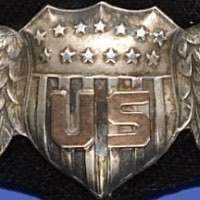
20th Century RFC / RAF Cloth Wing Badges
cwnorma posted a topic in Uniforms, Insignia, Equipment & Medals
All, I thought I would start a thread on RFC and RAF wing badges. I am generally pretty good with US wing badges, but my knowledge drops off precipitously when it comes to other nations. I will be up front and say that I would like to obtain examples of WW1 era RFC/RAF, French, and German WW1 era Pilot and Observer badges for my own collection... But, because of my lack of knowledge I REALLY don't want to make expensive mistakes. What I hope is for this thread to become a combination of examples and instruction on how to tell original good wings from the very many bad floating around on eBay and at the shows. The badge below sold at a US auction for well over $1200 US. It did not have any provenance. What about it made the buyers so confident? Is this a great example or did someone get taken to the cleaners? So please share your RFC/RAF wings. Any era is fine, just please explain what makes a particular wing badge WW1, between the wars, or a WW2 example. Hopefully we all can learn, and if this thread gets enough interest, perhaps it can become a pinned reference. Chris -
Two Royal Artillerymen bundled up in their Greatcoats stand knee deep in snow at the Temple Wailing Wall, who would of thunk it.
-

20th Century Bush Hat With Division Formation Sign Burma
patches posted a topic in Uniforms, Insignia, Equipment & Medals
Just found this one, the 36th Infantry Division Formation Sign on a Bush Hat, Tommy there having a light moment with a Nationalist Chinese Soldier in Burma 1944.- 1 reply
-
- 1
-

-
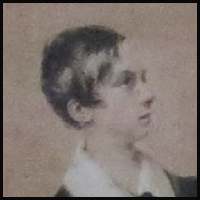
Multiple Eras Bearskin Helmets (Caps): The Iconic Headdress of the Foot Guards
GCCE1854 posted a topic in Uniforms, Insignia, Equipment & Medals
Thought it might be nice to have a thread discussing the iconic Bearskin helmets of the Foot Guards. They're quite fascinating, and the styles of Bearskins worn throughout European armies over the centuries are really quite varied. The look in England is simple -- but unmistakable. While I don't know a lot about them, we'll start with basics, and I hope others will come and add to this discussion, as it's a topic I'm always trying to learn about. ~ From Waterloo to the Crimea ~ The first use of the iconic Bearskin in the British Army was after the Battle of Waterloo. At that time, the infantry regiments of Napoleon's elite Imperial Guard wore the Bearskin Helmet. This served both as a sign of prestige, as well as giving a more fearsome appearance in battle. Of course, Wellington and his army gave the French a hard time at Waterloo (cheers), and Napoleon saved his Imperial Guard infantry back. It wasn't until about half past seven in the evening that he ordered the Middle Guard regiments to charge up Mont St. Jean to attack the British. The 1st Regiment of Foot Guards were stationed behind the hill as the 1st Brigade when Wellington issued the order to stand and attack. The Guards stood up in a long line (about 250 metres) and fired, driving the French back with repeated shots and bayonet attacks. This picture is a French Grenadier's Bearskin helmet, captured at Waterloo: And this is a picture of a Private in the 1st Regiment of Foot Guards, as they looked at Waterloo. They wore a Shako cap at the time, which was a common design in many British regiments. After this great victory at Waterloo, the Prince Regent believed the Guards to have defeated the French Grenadiers, and the 1st Foot Guards have since been called the Grenadier Guards. (In fact, from what I've read, it was the Chasseurs regiment of Foot Guards that the British drove back, but a simple mistake led to one of Britain's most recognizable names for one of their elite units.) The Regiment also adopted the Grenade as their badge and the iconic Bearskin helmet (or "cap") that is now part of Britain's worldwide image. The Grenadiers were the only British Regiment to bear this distinctive headgear for the following 16 years, until the privilege of the Bearskin was extended to the 2nd and 3rd Regiments of Foot Guards (Coldstream Guards and Scots Guards, respectively) in 1831. It was not until other Regiments of Foot Guards were raised that the use of the Bearskin was extended to more soldiers (Irish Guards in 1900, and Welsh Guards in 1915). By the time of the Crimean War, the Bearskin was instantly recognizable and appeared in many paintings portraying the battle heroics of the illustrious and elite Foot Guards. Here, the Grenadier Guards have just crossed the river at the Battle of the Alma: The Coldstream Guards in the midst of the same battle: And the Scots Guards, also at the Battle of the Alma, as painted by Lady Butler: ~ Bearskin Specifics ~ Getting down to specifics of the cap itself can be a little tricky. Weight is between 1.5 to 2 pounds. The height today (and for the last decades) is somewhere between 16-18" high, though sources seem to vary in this statement from article to article. Originally, I've found some sources saying that the Grenadier Guards' original Bearskins were made at 21" high -- culminating in the extra-high-23-inch versions worn by Guards at the coronation of King George IV. Those were so tall, however, that the officers could barely ride a horse. The helmets are made of skins from American Brown Bears, which have been dyed black. (Black Bears have thinner, shorter fur) It takes one skin per helmet. The cost today is about £650 (not sure whether that is just for the fur or for the whole cap). ~ Plumes and Parades ~ So, next time you watch the Trooping of the Colour or any event when the Queen's Guards are shown, it can be pretty simple to identify which company is which. This is easily done by noticing the colored plumes (or lack thereof) decorating the Bearskins. Grenadier Guards: While this is the 1st Regt. of Foot Guards, it's not the oldest. Consequently, when parading with other Guards units, they are seen on the far right. Originally, all Guards wore a white plume on their Bearskin or headdress (left side), though the Grenadiers are the only company to continue with this practice. Coldstream Guards: This is the 2nd Regt. of Foot Guards, but it's actually the oldest regiment in service today. Because of this, the Coldstream Guards are always seen on the extreme left when parading with any other Guards units. And, in keeping with its motto of "Second to None", they adopted a red plume (worn on the right) to differentiate them from other companies. Scots Fusilier Guards: This is the 3rd Regt. of Foot Guards, and they are seen in the centre when parading with other Guards units. They are also the only Guards to wear no plume at all on their headdress. Irish Guards: This company was formed in 1900, and their Bearskins are decorated by a blue plume worn on the right side. Welsh Guards: This company was formed by command of King George V in 1915. Their Bearskins feature a striped white-green-white plume worn on the left side. Well, I hope this is a good start. If anyone has more to add about this amazing piece of militaria, please do.- 3 replies
-
- 2
-

-
- Napoleonic Era
- Victorian Era
-
(and 1 more)
Tagged with:
-
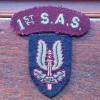
20th Century British Airborne Cloth Insignia from WWII
irish posted a topic in Uniforms, Insignia, Equipment & Medals
-
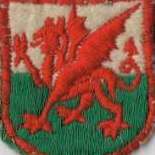
20th Century British Airborne Pegasus Patches
JerryBB posted a topic in Uniforms, Insignia, Equipment & Medals
-

20th Century royal welch fusiliers officers fs cap WWII
JerryBB posted a topic in Uniforms, Insignia, Equipment & Medals
c.1937 Royal Welch Fusiliers officers coloured fs cap made in India, 2nd bn I think were there at that date. Sadly it has some serious moth damage in the crown but it displays very well -
 a very rare cap, I don't know of another but I assume there will be some among collectors not online. it is a forage cap for other ranks from the late Edwardian period, with leather peak, it has its original badge and gs buttons, but sadly the chinstrap is somewhat damaged
a very rare cap, I don't know of another but I assume there will be some among collectors not online. it is a forage cap for other ranks from the late Edwardian period, with leather peak, it has its original badge and gs buttons, but sadly the chinstrap is somewhat damaged -

20th Century Smock Camouflage - The Final Stage of the Denison
Bill_Carman posted a topic in Uniforms, Insignia, Equipment & Medals
This is a nice example of a final production stage Denison smock. A British corporal gave it to me after we consumed way too many Heinekens. The Brits were billeted on our Kaserne and REFORGER 77 was winding up. I've had it ever since. Thanks for looking. -
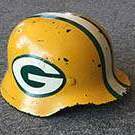
20th Century WWII SOE Jumpsuit Helmets
Mr.Jerry posted a topic in Uniforms, Insignia, Equipment & Medals
A friend of mine picked this one and we are trying to get a positive ID on it. Britsh? Para? Thanks! Jerry -
British built the Adrias served with the British Royal Navy when she struck a German mine that blew her Bow off in the Aegean in January 1944, but she made it back all way to Egypt.
-

Multiple Eras UK WWI Distinguished Conduct Medal (DCM)
stratasfan posted a topic in Uniforms, Insignia, Equipment & Medals
Established in 1854 by Queen Victoria, the Distinguished Conduct Medal is the oldest British gallantry award. For any rank below commissioned officer, it ranked second highest for gallantry awards, just under the Victoria Cross. For other ranks, it was the equivalent of the DSO (which was only awarded to commissioned officers). In 1993, it was discontinued, being replaced by the Conspicuous Gallantry Cross (when gallantry awards distinguished by rank were reviewed and modified). Instituted during the Crimean War in Dec 1854 as an award to WOs, NCOs and men of the British Army for distinguished, gallant and good conduct in the field. Before this, there was no official medal recognizing individual acts of gallantry. Along with the DCM, the awardee was granted a gratuity that was given at discharge from the Army. During The Great War a high number of DCMs were awarded, raising concerns about the medal's meaning and prestige. The Military Medal was instituted as a lower award, with the DCM reserved for exceptional gallantry and acts of bravery. The DCM was an Army-only award until 1942, with a single exception - Beginning in Sept 1916 and continuing for the war's duration, it could be awarded to members of the Royal Naval Division. After the change in 1942, other ranks of the RAF, RN and the Air and Naval Forces of Dominions and British Colonies were also eligible for award of the DCM for distinguished conduct in action on the ground. In 1979, eligibility was extended to posthumous awards. DESCRIPTION The medal was struck in silver and is a 36 mm (1.4 inches) disk. The suspender of all versions is of an ornamented scroll pattern, although the attachment of the suspender to the medal varied between versions (early versions were suspended in a manner that allowed the planchet to swivel). The ribbon is crimson with a navy blue center band. All medals awarded had the recipient's number, rank, name and unit engraved on the rim. OBVERSE Pre-1902 version - A Trophy of Arms incorporating a central shield bearing the Royal Coat of Arms, no inscription. From 1902 and after, the effigy of the reigning monarch replaced the trophy of arms, with the respective titles of the monarch around the perimeter. King Edward VII – "EDWARDVS VII REX IMPERATOR". King George V, bareheaded – "GEORGIVS V BRITT: OMN: REX ET IND: IMP:". King George V, crowned – "GEORGIVS•V•D•G•BRITT•OMN•REX•ET•INDIÆ•IMP•". Issued for awards in the 1930s. King George VI – "GEORGIVS VI D:G:BR OMN REX ET INDIAE IMP:" awarded during the Second World War and immediately after. King George VI - "GEORGIVS VI DEI GRA: BRITT: OMN: REX FID: DEF:" awarded from the late 1940s. (This second type was awarded, instead of the Elizabeth II version, to Canadians during the Korean War.) Queen Elizabeth II – "ELIZABETH II D:G:BR:OMN: REGINA F:D:" awarded in the mid-1950s Queen Elizabeth II - "ELIZABETH II DEI GRATIA REGINA F.D" awarded thereafter until 1993. REVERSE Same for all versions, very simply designed featuring "FOR DISTINGUISHED CONDUCT IN THE FIELD" underlined by two spears and a laurel wreath. BAR Introduced in 1881, a bar could be awarded to signify each subsequent award. Bars are straight and also struck in silver. Bars awarded between 1881 into 1916 bear the month and year of the subsequent award. Those awarded after mid-1916 bear no date but feature a laurel spray. When only ribbons are worn, a silver rosette for each bar is worn on the ribbon. Queen Victoria Version: Edward VII Version: King George V, Version 1: King George V (crowned), Version 2: King George VI, Version 1: King George VI, Version 2: Queen Elizabeth II, Version 1 (this picture is of a reproduction): Queen Elizabeth II, Version 2: If you have one of these medals to show, a picture of a soldier wearing it, or a story about this medal being awarded/earned . . . please feel free to share it here!

